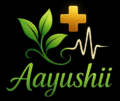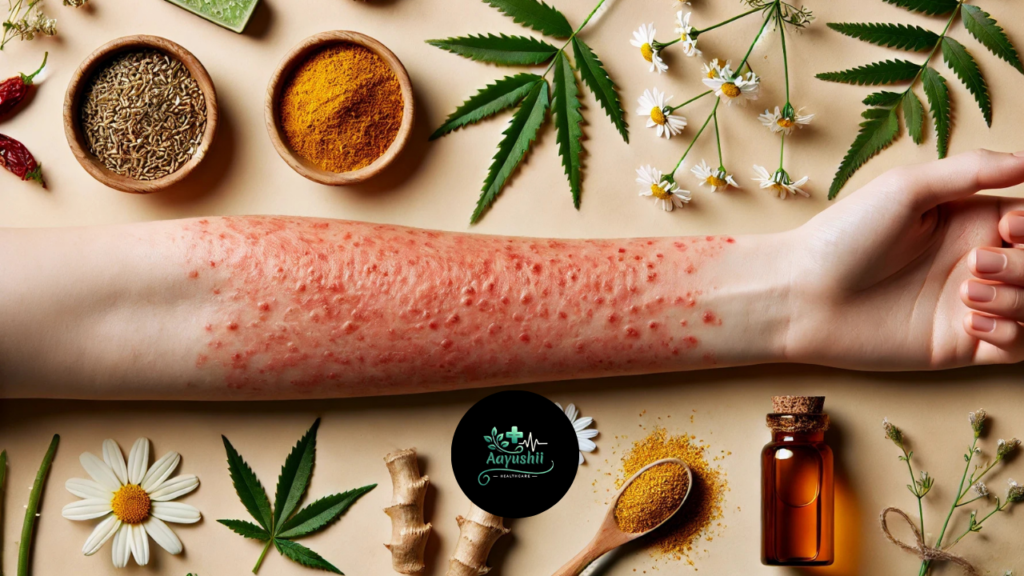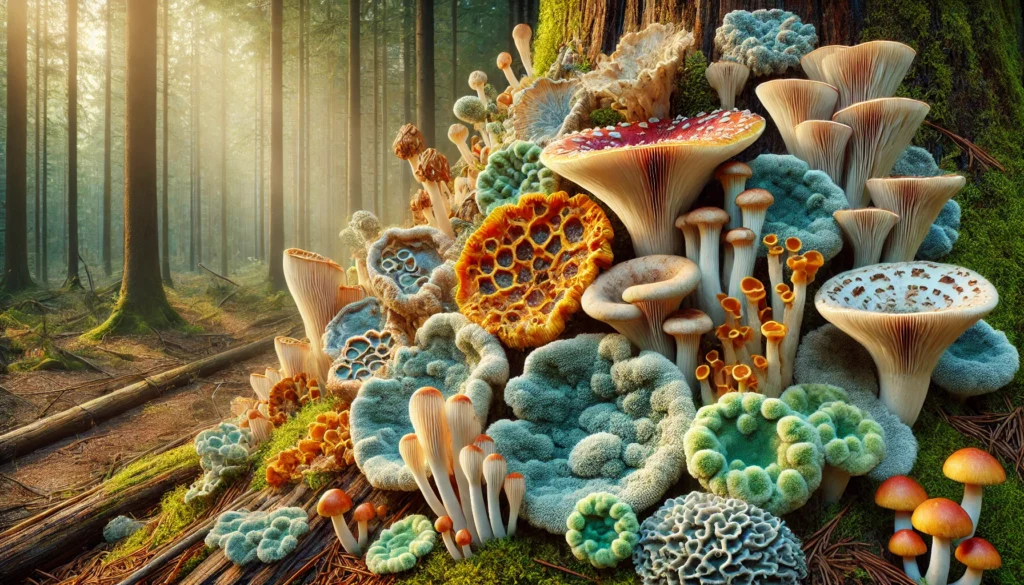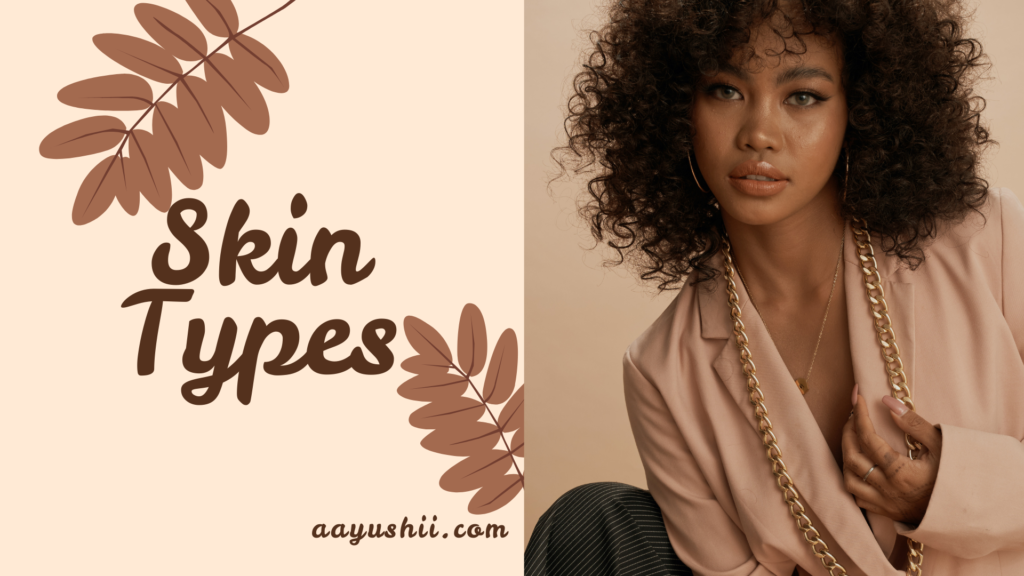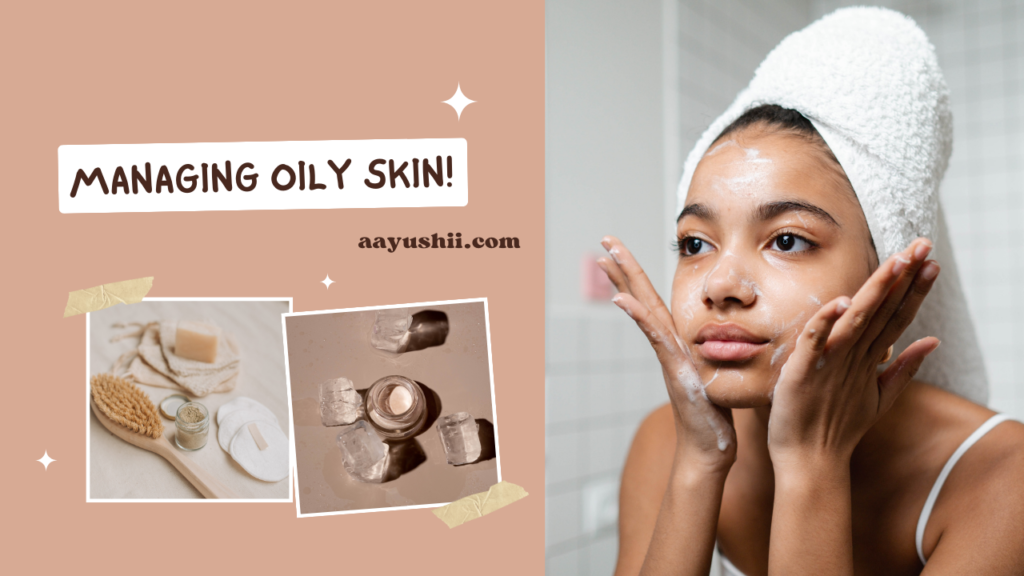Red dots on the skin can be alarming when they first appear. They might show up unexpectedly, look slightly raised, or remain flat, and sometimes they can be itchy, tender, or simply painless and unnoticeable. These red spots may surface for a variety of reasons, ranging from harmless genetic conditions to signs of deeper health concerns. Understanding what causes these red dots, how they manifest, and how to address them is critical for anyone seeking to maintain healthy, glowing skin.
Because our skin is our largest organ and our first line of defense against the outside world any unusual changes can feel unsettling. In many cases, red dots may be benign, such as cherry angiomas or tiny blood vessels near the surface of the skin that have become more prominent over time. Sometimes, these spots could be related to lifestyle factors like a poor diet, stress, or even minor infections. Other times, however, red dots might signal something more serious, like an autoimmune response or a nutritional deficiency.
In this comprehensive article, we’ll explore everything you need to know about red dots on the skin. We will clarify the common types of red spots, discuss possible causes, and explain when you might need to speak with a medical professional. Most importantly, we will dive deep into herbal treatments, soothing botanicals, and natural remedies that can help manage, soothe, or even prevent these skin blemishes. With in-depth explanations and detailed insights, this article aims to empower you with knowledge and holistic approaches that not only address red dots but also improve overall skin health.
Table of Contents
Understanding Red Dots on the Skin
To effectively address red dots on the skin, you first need to identify the type of red dots you are dealing with. Different skin conditions produce different characteristics, such as size, shape, color intensity, and texture. Below are some of the most commonly seen types of red dots and what they generally signify.
Cherry Angiomas

- Description: Cherry angiomas are small, bright red growths that can appear anywhere on the body, although they are most commonly found on the torso, arms, and shoulders. They are made up of clusters of tiny blood vessels, giving them their cherry-red hue.
- Characteristics: They are usually round or oval-shaped, ranging from pinhead-sized to a quarter of an inch in diameter. They may lie flat against the skin or be slightly raised.
- Causes: While the exact cause of cherry angiomas is not fully understood, they are linked to genetics and can become more frequent with age. Hormonal fluctuations and certain environmental factors can also play a role.
- Symptoms: Typically, cherry angiomas are painless and do not cause discomfort or itching, unless they are irritated (e.g., by clothing or scratching).
Petechiae

- Description: Petechiae are tiny red or purple spots that appear as a result of bleeding under the skin. They can cluster in small areas or appear sporadically across the body.
- Characteristics: They often resemble pinpoints, typically measuring less than 2 mm in diameter. Applying pressure on petechiae does not make them blanch (turn white).
- Causes: Common causes include trauma to the skin, stress (e.g., excessive coughing or vomiting that causes blood vessels to burst), certain infections, or vascular and platelet disorders.
- Symptoms: Petechiae themselves are not typically painful or itchy, but their underlying cause may produce other symptoms like fever or fatigue.
Keratosis Pilaris

- Description: Keratosis pilaris (KP) manifests as tiny red or flesh-colored bumps, often appearing on the upper arms, thighs, and sometimes cheeks or buttocks.
- Characteristics: These bumps can look like goosebumps or small pimples. They are often described as rough patches of skin with tiny, painless bumps.
- Causes: KP occurs when keratin, a protective skin protein, clogs hair follicles. Genetics plays a significant role, and dry skin conditions can exacerbate KP.
- Symptoms: KP is typically not painful or itchy but can feel rough or dry to the touch.
Heat Rash
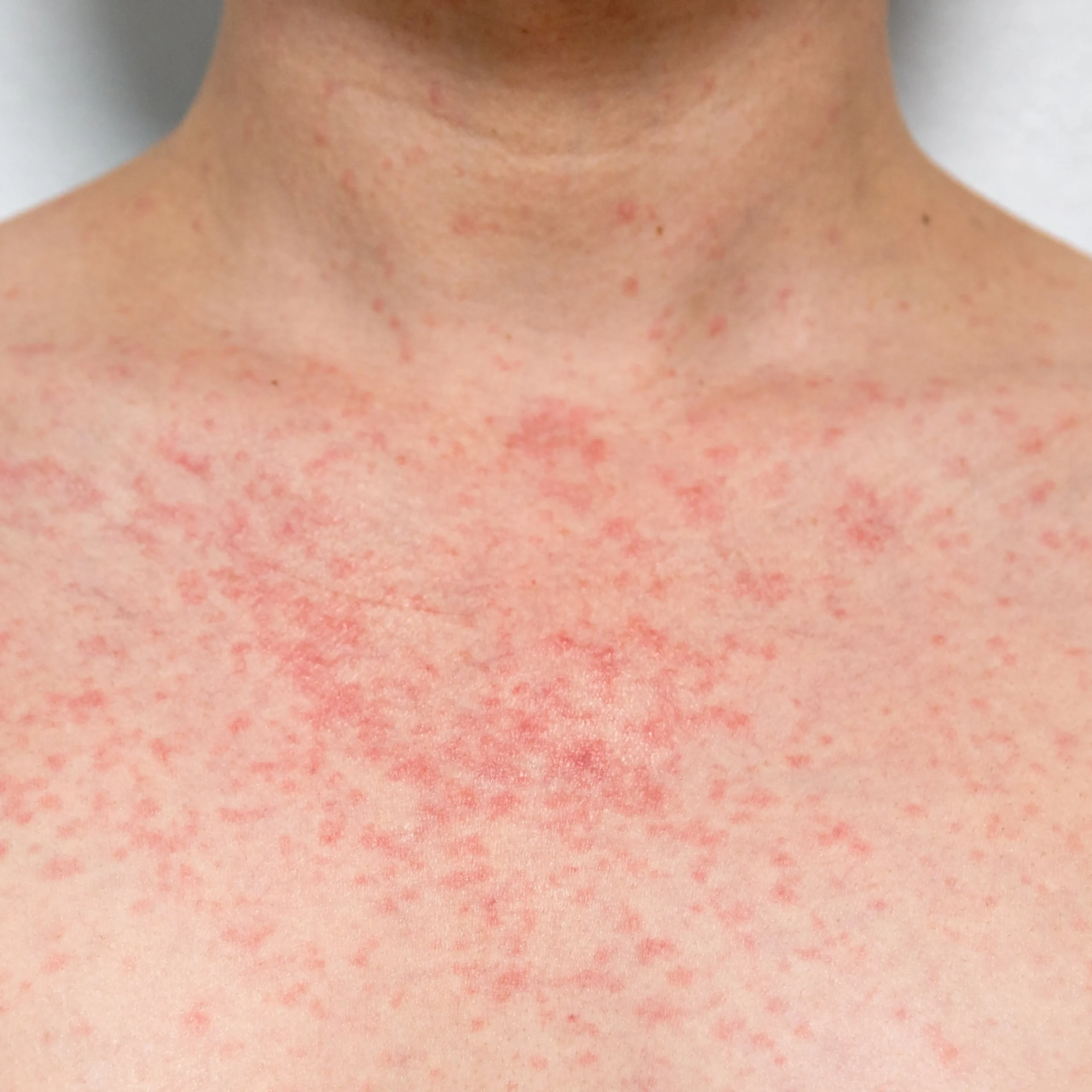
- Description: Also known as miliaria, heat rash occurs when sweat ducts become blocked, causing small red bumps or blisters.
- Characteristics: Heat rash is usually accompanied by an itchy or prickly feeling and is most common in hot, humid environments.
- Causes: Overheating, sweating, and restricted clothing that doesn’t allow sweat to evaporate properly are primary contributors.
- Symptoms: Along with tiny red bumps, the affected area may feel itchy or have a stinging sensation.
Allergic Reactions and Rashes

- Description: Allergic reactions on the skin can present as localized or widespread red dots, hives, or rashes.
- Characteristics: Depending on the allergen, the rash could look raised, blotchy, or concentrated in patches. It often itches or feels inflamed.
- Causes: Common triggers include foods (nuts, shellfish, dairy), medications (antibiotics, ibuprofen), insect bites, or skin-contact allergens (poison ivy, certain metals like nickel).
- Symptoms: Typically includes itching, swelling, and sometimes blistering in severe cases.
Understanding these different types of red dots is the foundation for choosing appropriate treatments. Many conditions share overlapping symptoms, making it essential to observe characteristics such as size, shape, and whether the spots are itchy, painful, or otherwise symptomatic. If unsure, a professional diagnosis can help guide you to the right course of action.
Potential Causes of Red Dots
Beyond just classifying red dots by appearance, recognizing the broader causes can illuminate the path toward prevention and treatment. Here are some common factors that contribute to the development of red dots on the skin.
Hormonal Influences
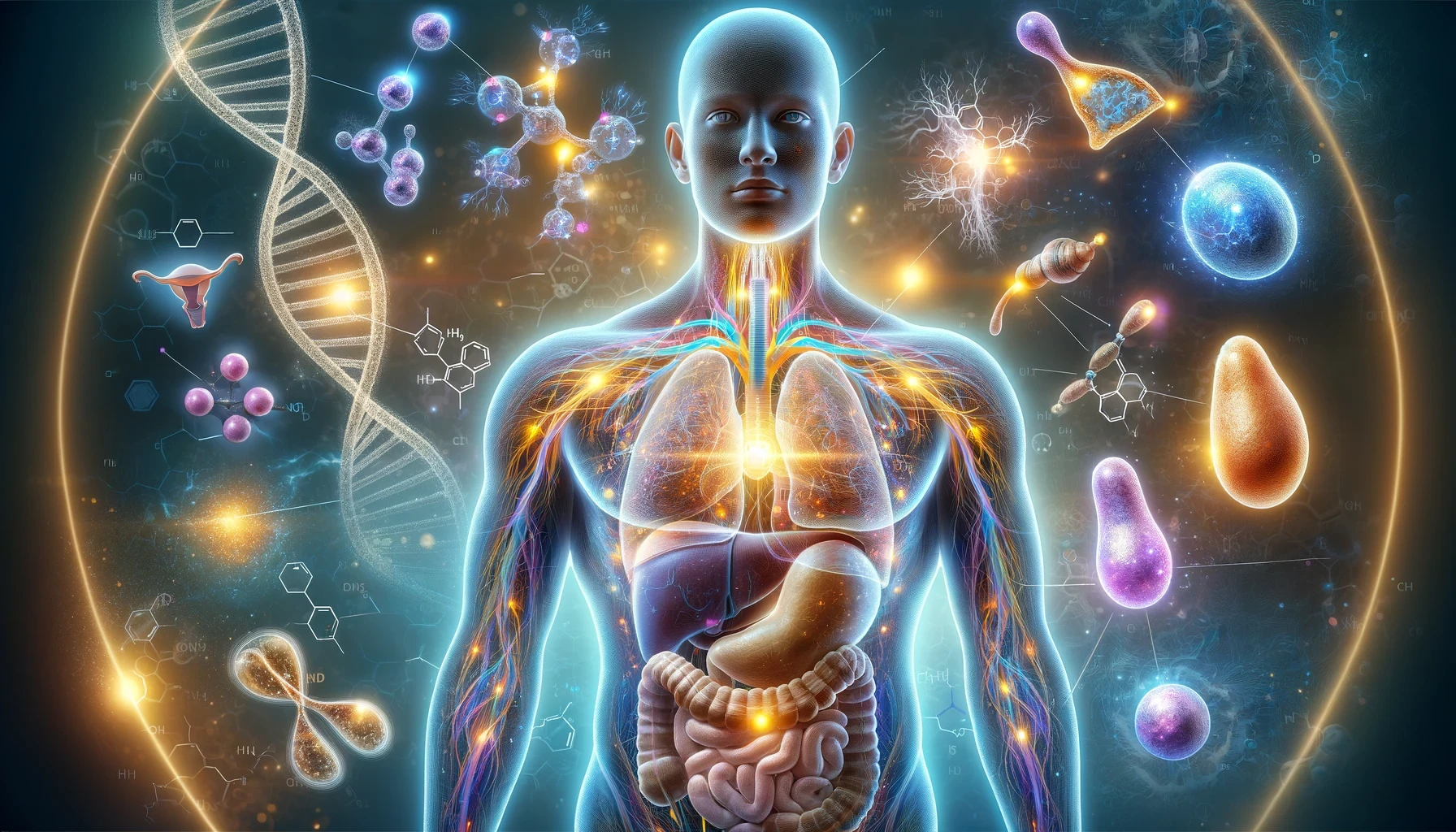
- Estrogen Levels: Fluctuations in estrogen can influence cherry angiomas and other vascular changes in the skin. During pregnancy or as you age, hormonal shifts can result in more visible blood vessels.
- Stress Hormones: When you’re under stress, your body releases cortisol and adrenaline. Prolonged high stress levels can lead to various skin issues, including rashes, breakouts, or red spots.
- Thyroid Gland: Thyroid dysfunction can also cause changes in skin texture and appearance. Hyperthyroidism or hypothyroidism might contribute to dryness, rashes, or other skin abnormalities.
Nutritional Deficiencies
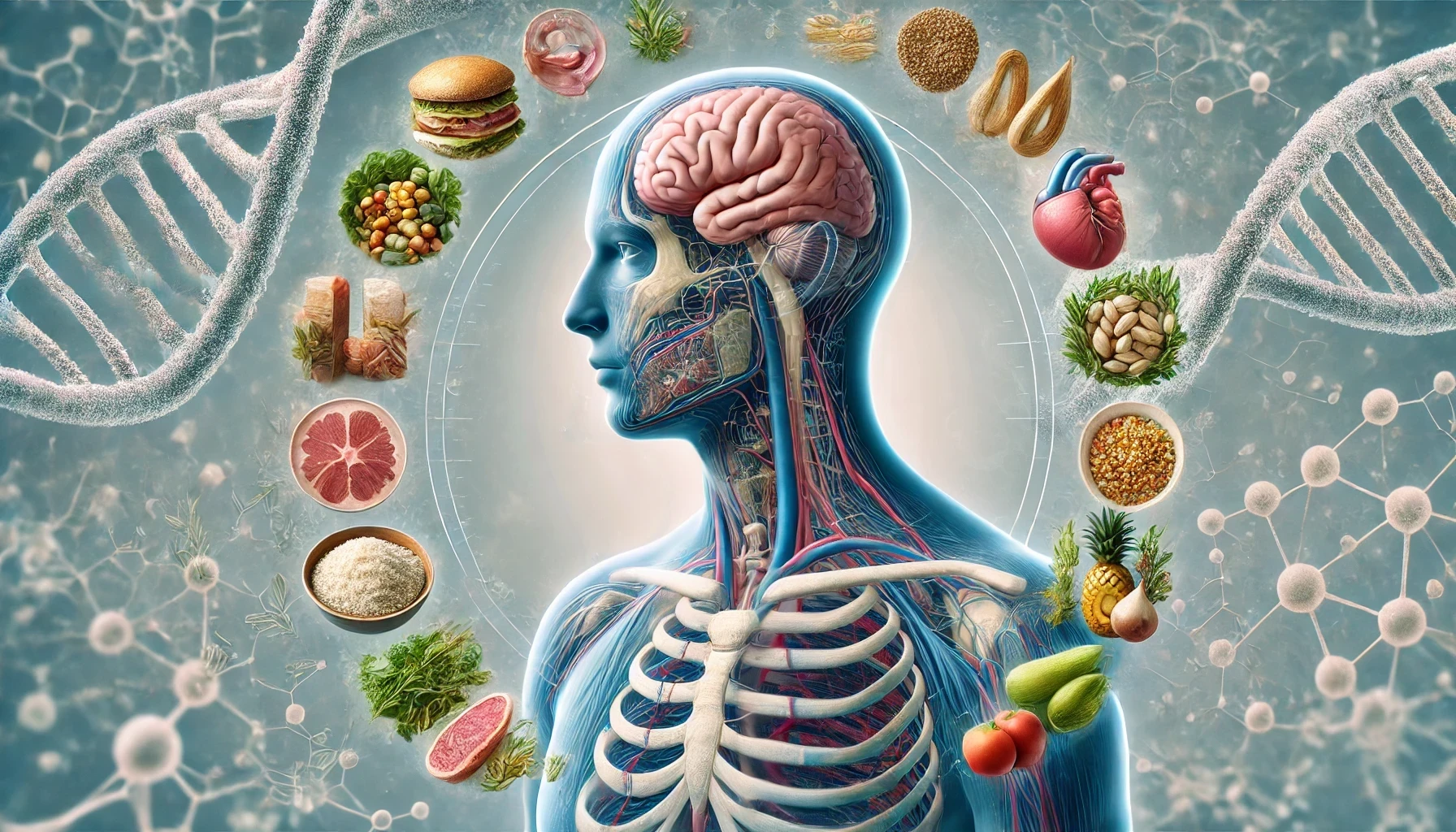
- Vitamin C Deficiency: Vitamin C helps maintain blood vessels and promotes collagen synthesis. A deficiency might weaken blood vessel walls, leading to petechiae or easy bruising.
- Vitamin K Deficiency: Vitamin K is crucial for blood clotting. Insufficient vitamin K can cause bleeding issues under the skin, resulting in red or purple dots.
- Iron Deficiency: Low iron levels can make the skin paler and sometimes cause other issues like brittle nails, hair loss, or an increased susceptibility to irritation.
Blood Pressure and Circulatory Issues
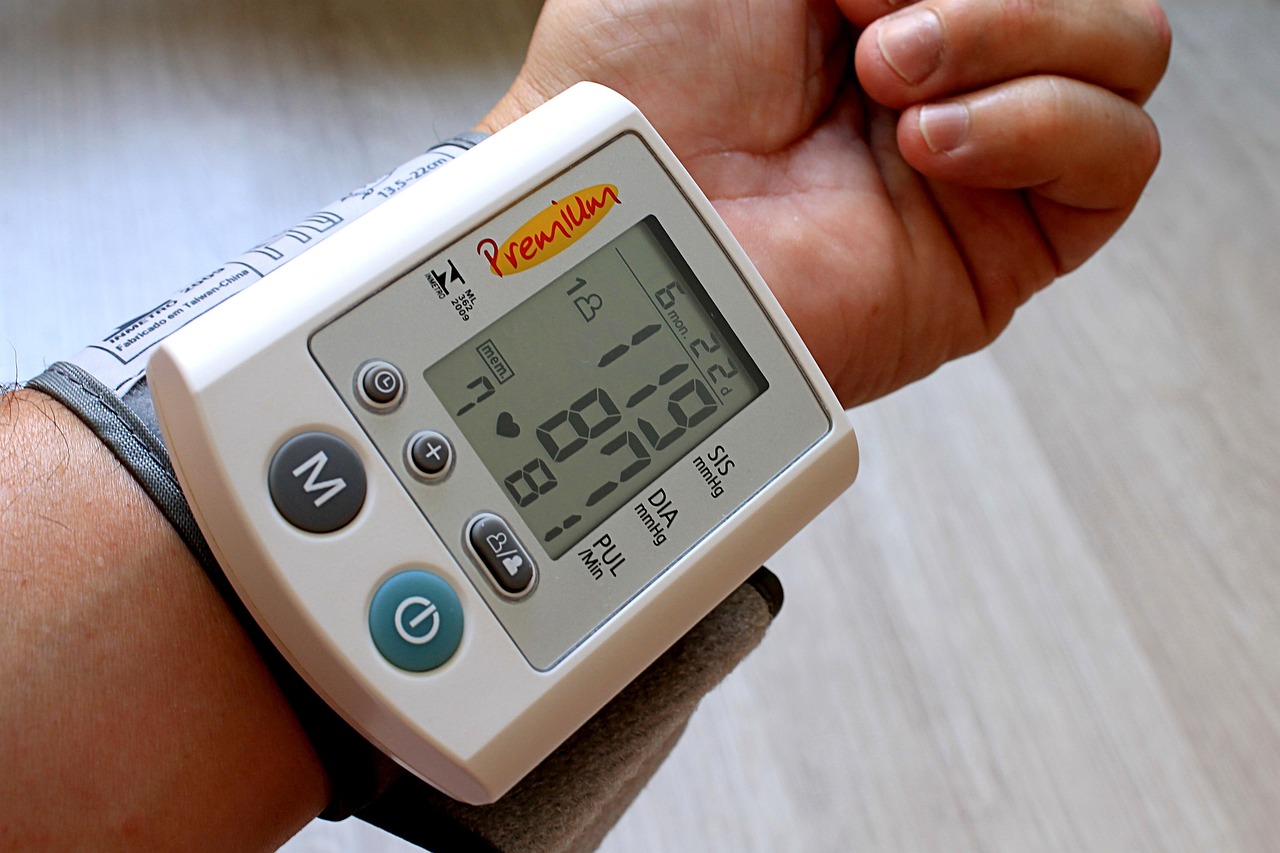
- High Blood Pressure: If you have chronic hypertension, you may experience more prominent blood vessels and potential burst capillaries, showing up as red spots.
- Vasculitis: This is an inflammation of blood vessels that can create small red or purple spots on the skin.
- Poor Circulation: Sitting for too long or having circulation disorders can also lead to red or purplish spots in the lower extremities.
Infections
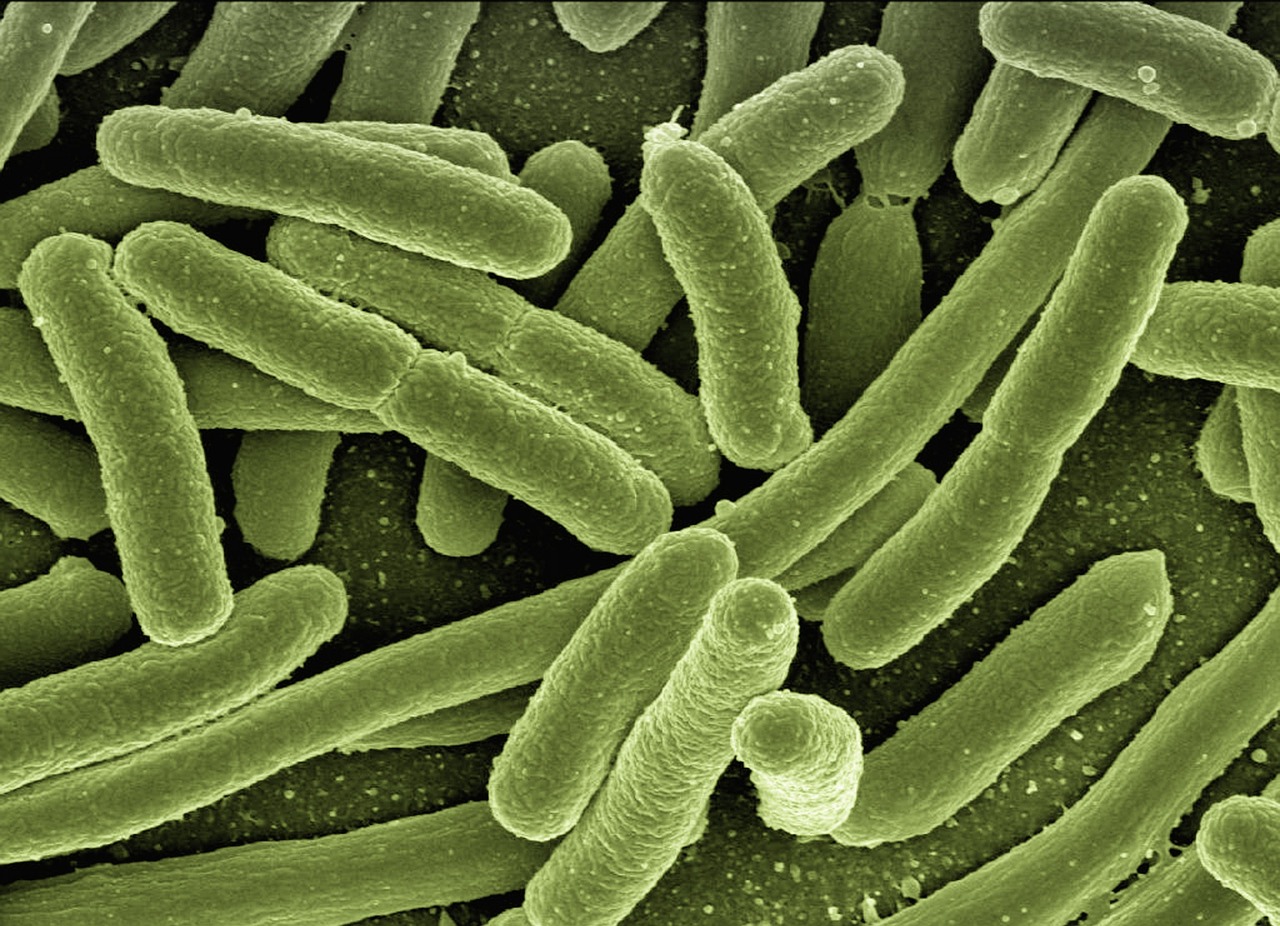
- Fungal Infections: Conditions like ringworm or candidiasis can present as red, itchy spots or patches on the skin.
- Viral Infections: Viruses like chickenpox or measles can produce widespread red or pink spots along with fever or other systemic symptoms.
- Bacterial Infections: Impetigo, for instance, causes red sores that can ooze fluid, forming a crust on the skin.
Medications and Side Effects
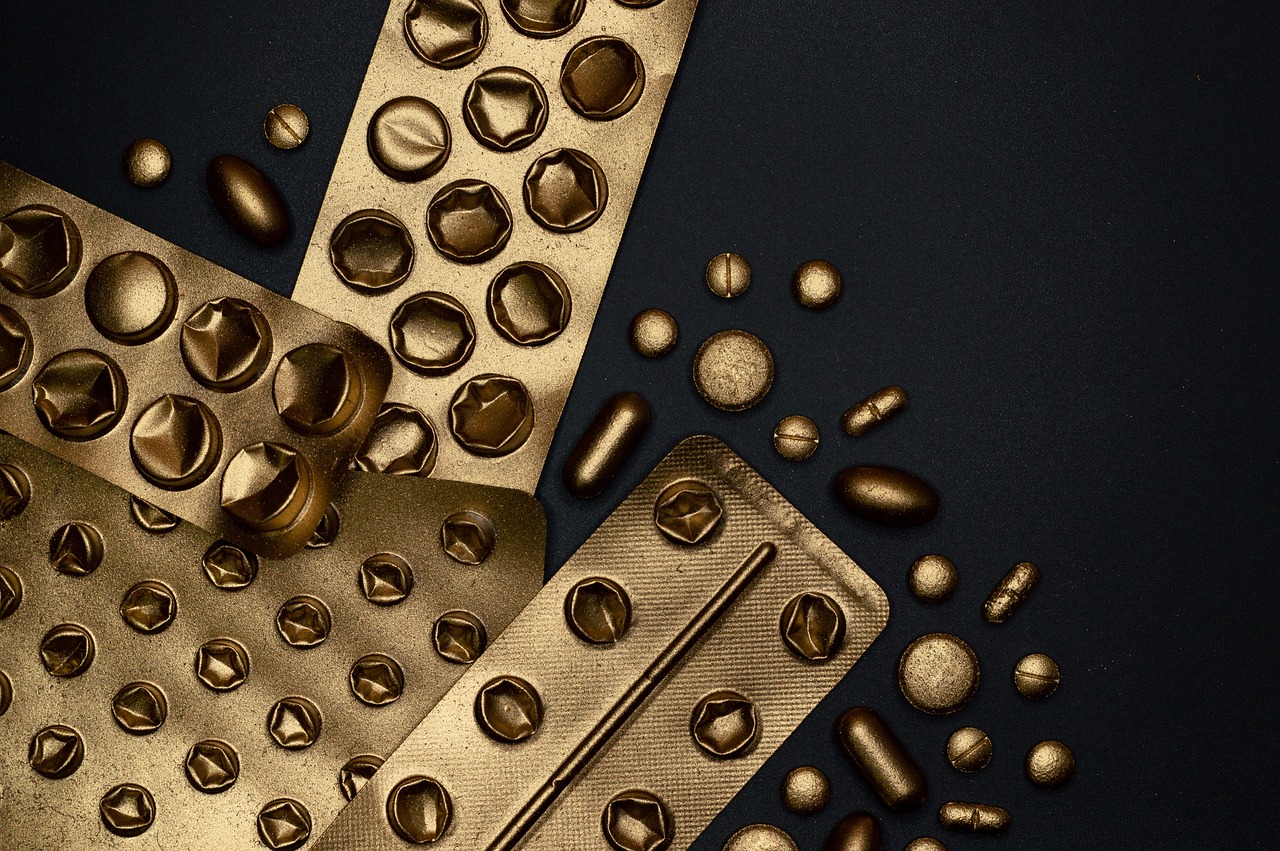
- Drug Rashes: Certain antibiotics, anticonvulsants, or diuretics can trigger rashes or small red dots. These rashes can appear shortly after starting a new medication or sometimes weeks into the treatment.
- Photosensitivity: Some drugs make the skin more sensitive to sunlight, resulting in red blotches or rashes after sun exposure.
- Topical Creams: Even over-the-counter (OTC) creams and ointments can induce contact dermatitis, which manifests as red dots or patches.
Each cause can be accompanied by distinct signs and symptoms. For instance, nutritional deficiencies might also lead to fatigue or dizziness, while infections could include fever or body aches. If the red dots persist, worsen, or appear with other systemic symptoms, consulting with a healthcare provider is critical to rule out underlying conditions.
Conventional Treatments for Red Dots
While this article primarily focuses on herbal and natural approaches, it’s essential to acknowledge the range of conventional treatments available for those red dots that might be stubborn or signal more complicated issues. Conventional treatments are often recommended by dermatologists or general practitioners, depending on the diagnosis.
- Topical Steroids: For inflammatory skin conditions, such as eczema or allergic rashes, mild to potent topical steroids may be prescribed to reduce itching and inflammation.
- Antibiotics or Antifungals: If a bacterial or fungal infection is causing red dots, oral or topical antibiotics/antifungals can clear the infection and alleviate symptoms.
- Laser Therapy: Cherry angiomas, spider veins, or persistent vascular lesions might be treated effectively with laser therapy, which targets and breaks down the blood vessels beneath the skin without significant damage to surrounding tissue.
- Cryotherapy: This involves freezing off small lesions (like some angiomas or warts) using liquid nitrogen, causing them to flake away over time.
- Surgical Removal: If cherry angiomas or other benign growths are large or cause discomfort, a dermatologist may remove them through minor surgical procedures.
Conventional methods can be highly effective, but they may also come with potential side effects such as skin thinning (from topical steroids), irritation, scarring, or infections if not performed correctly. Moreover, these treatments often address the symptom rather than the underlying cause. Combining conventional treatments with holistic measures—like nutrition, herbal care, and lifestyle adjustments—often produces the best results.
Herbal Treatments & Soothing Botanicals
For centuries, many cultures have relied on herbs, plants, and other natural remedies to care for the skin. These methods can be gentle, often come with fewer side effects, and can be used alongside conventional treatments to support overall skin health. Below are some of the most renowned herbal ingredients and botanicals that can help soothe, reduce inflammation, and enhance your skin’s natural radiance.
Aloe Vera
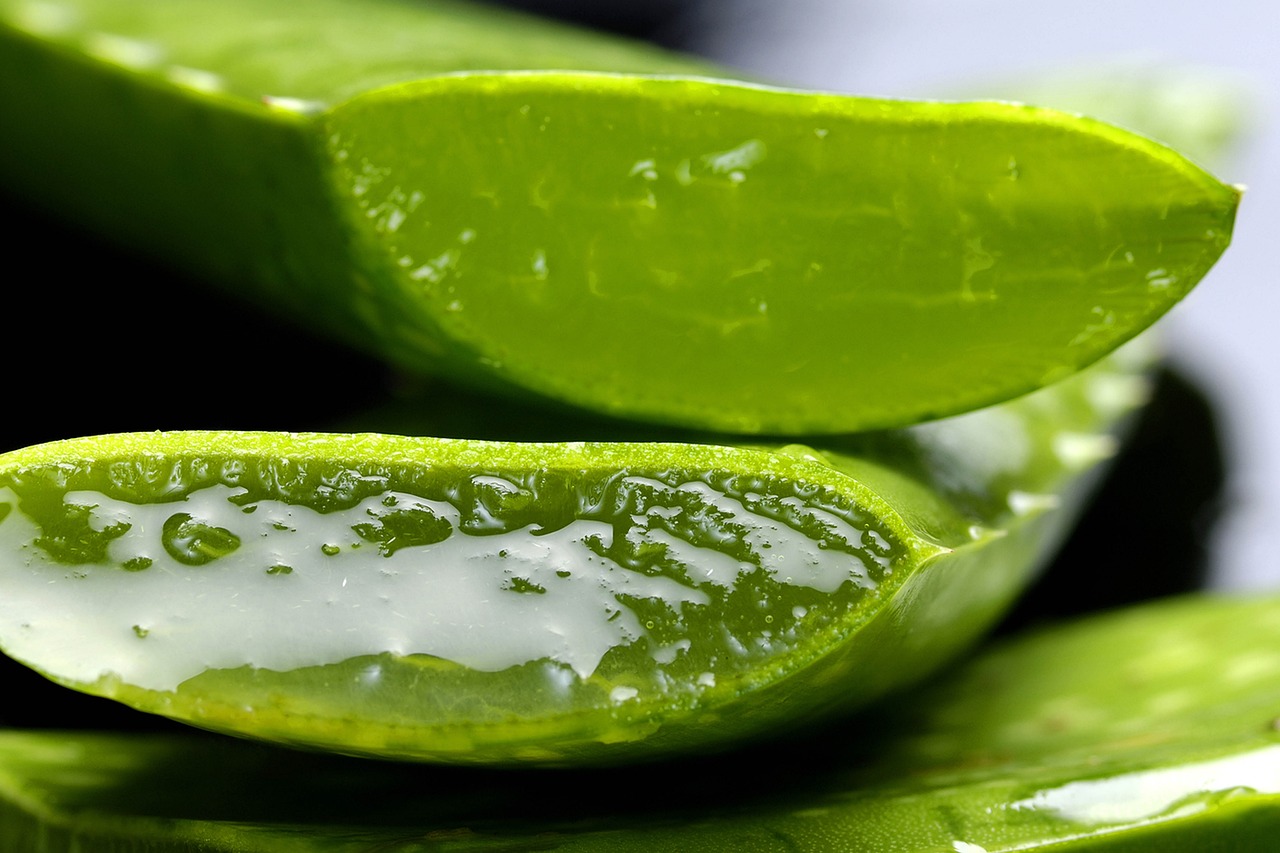
- Overview: Aloe vera is a succulent plant with leaves containing a clear gel widely used for its cooling and healing properties.
- Benefits for Red Dots:
- Anti-inflammatory: Helps calm redness and irritation.
- Antimicrobial: Can inhibit the growth of certain bacteria and fungi.
- Moisturizing: Aids in hydrating the skin, preventing dryness and flakiness.
- How to Use:
- Cut a fresh aloe vera leaf and extract the gel.
- Apply the gel directly to the affected areas two to three times a day.
- If you don’t have fresh leaves, use store-bought gels that are at least 95% pure aloe vera.
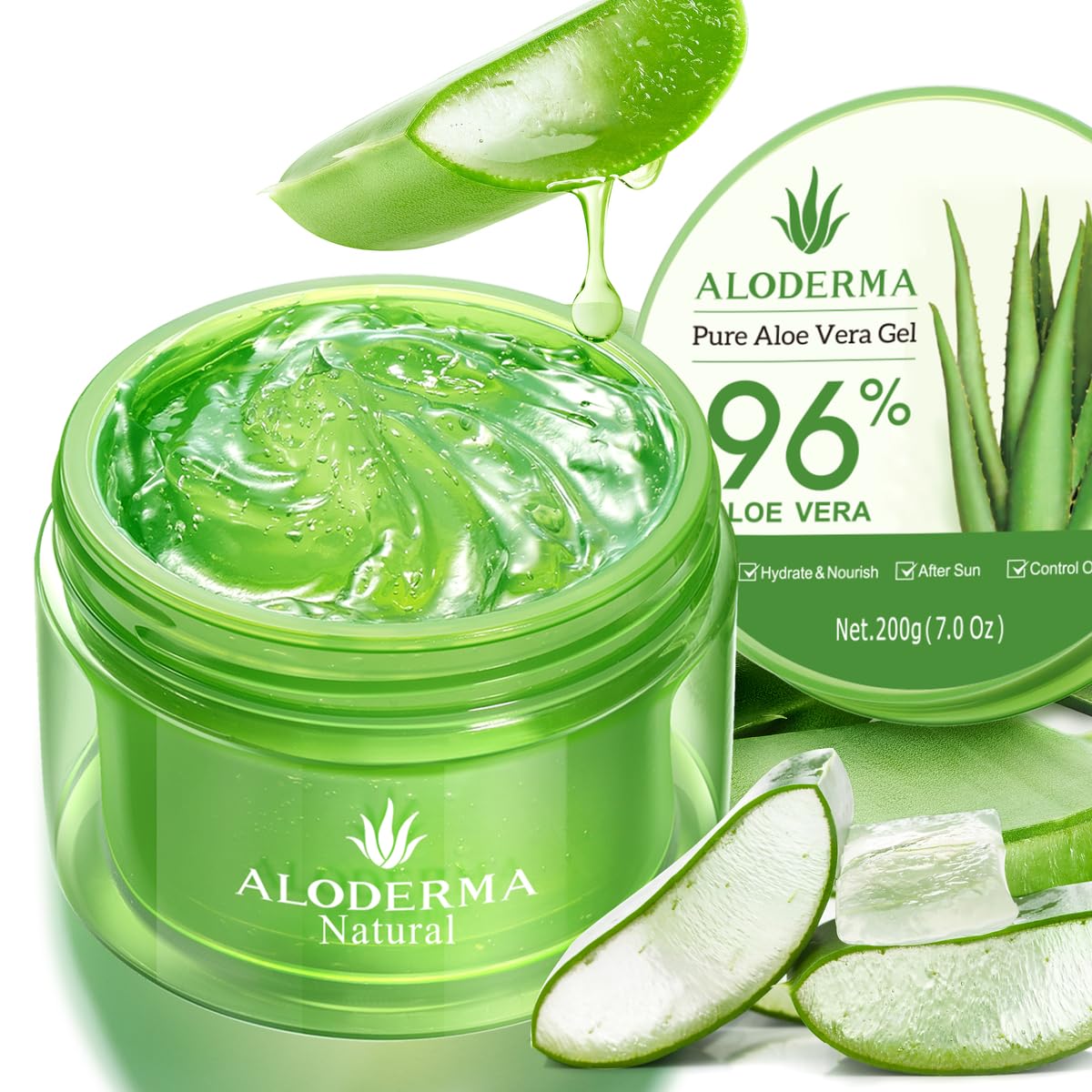
Chamomile
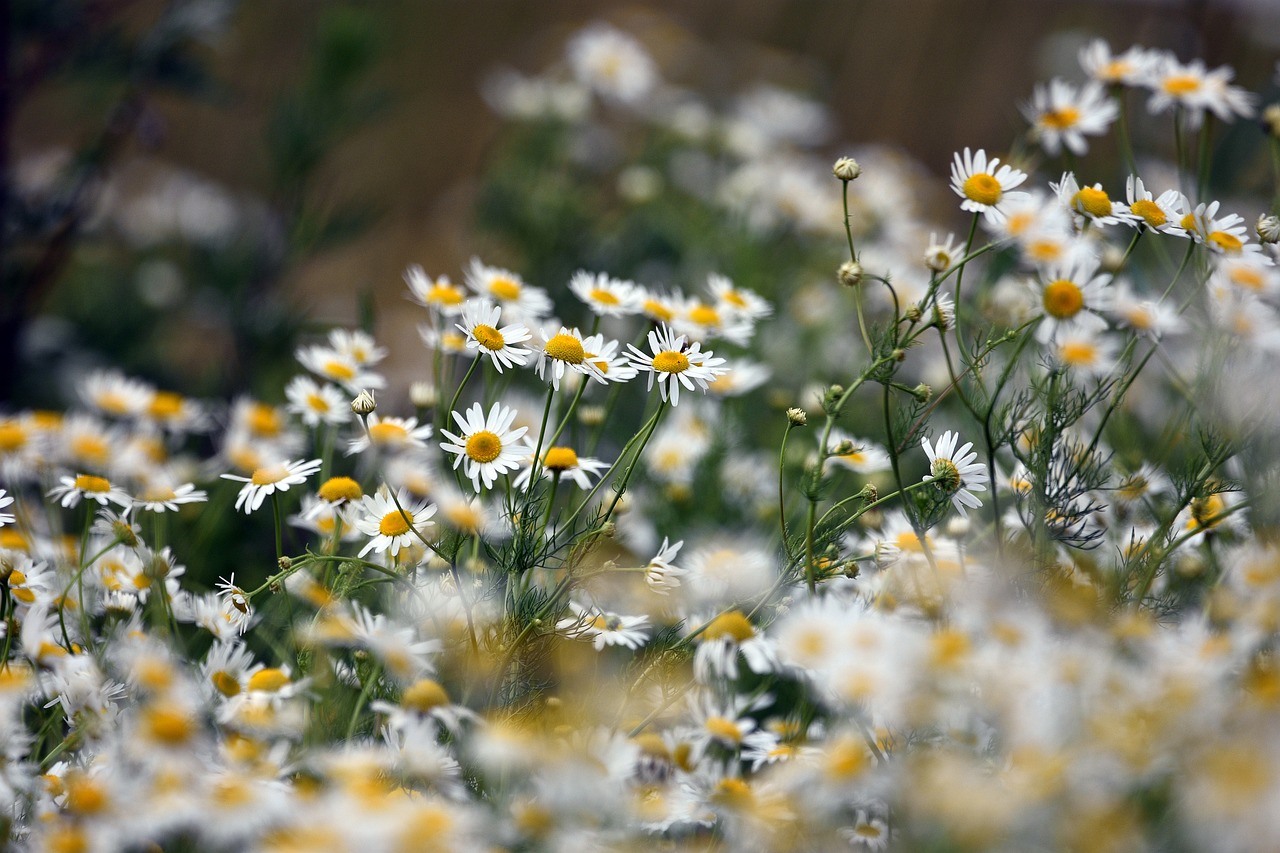
- Overview: Chamomile is a gentle herb often consumed as tea, but it also has significant skin-soothing properties.
- Benefits for Red Dots:
- Calming: Chamomile has anti-inflammatory and calming effects, especially for irritated, itchy skin.
- Antioxidant: Contains flavonoids that can help combat free radicals and maintain healthy skin.
- How to Use:
- Brew a strong pot of chamomile tea and allow it to cool.
- Dip a clean cloth or cotton pad in the cooled tea and apply it as a compress on the red spots.
- Leave it on for 5–10 minutes. Repeat several times a day.
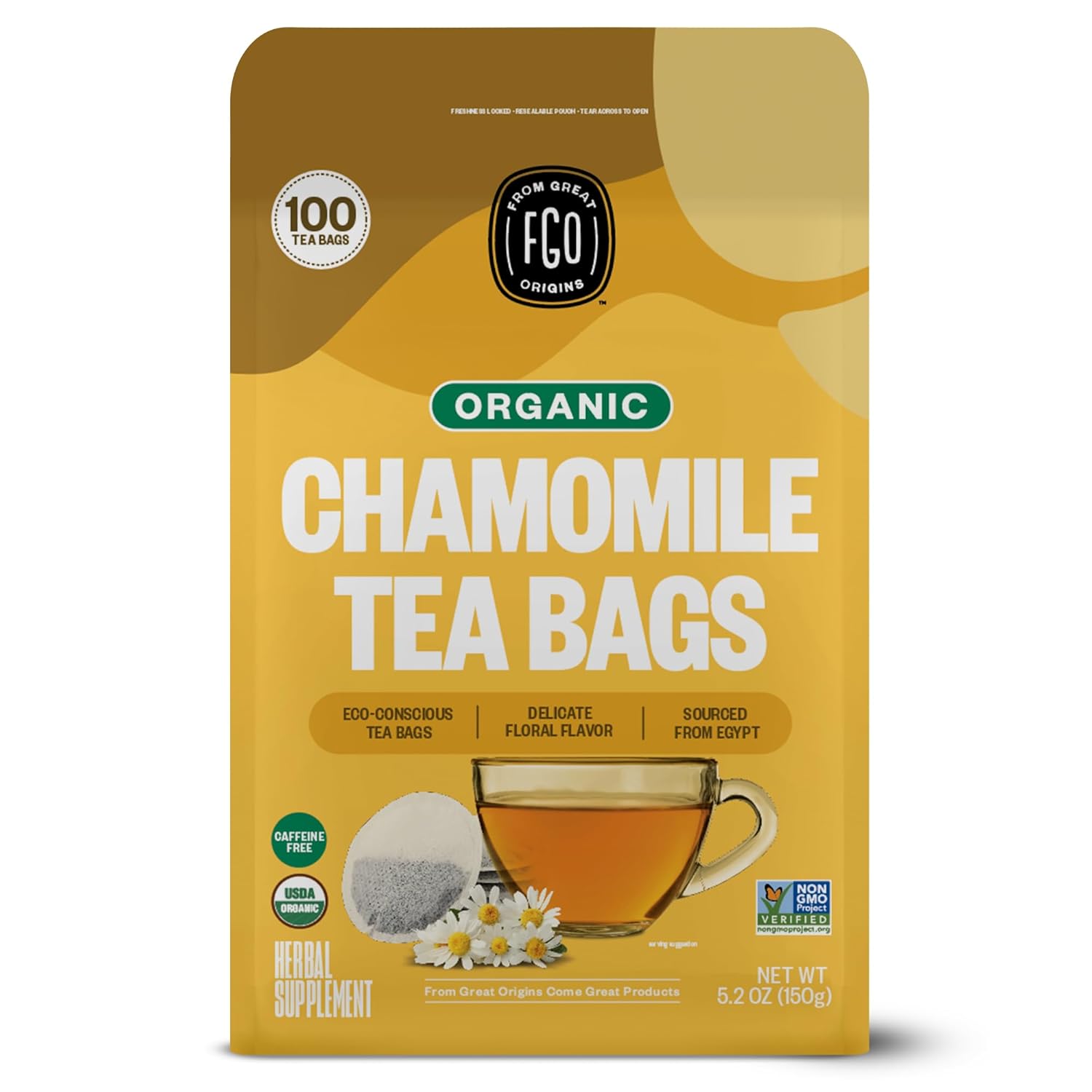
Calendula
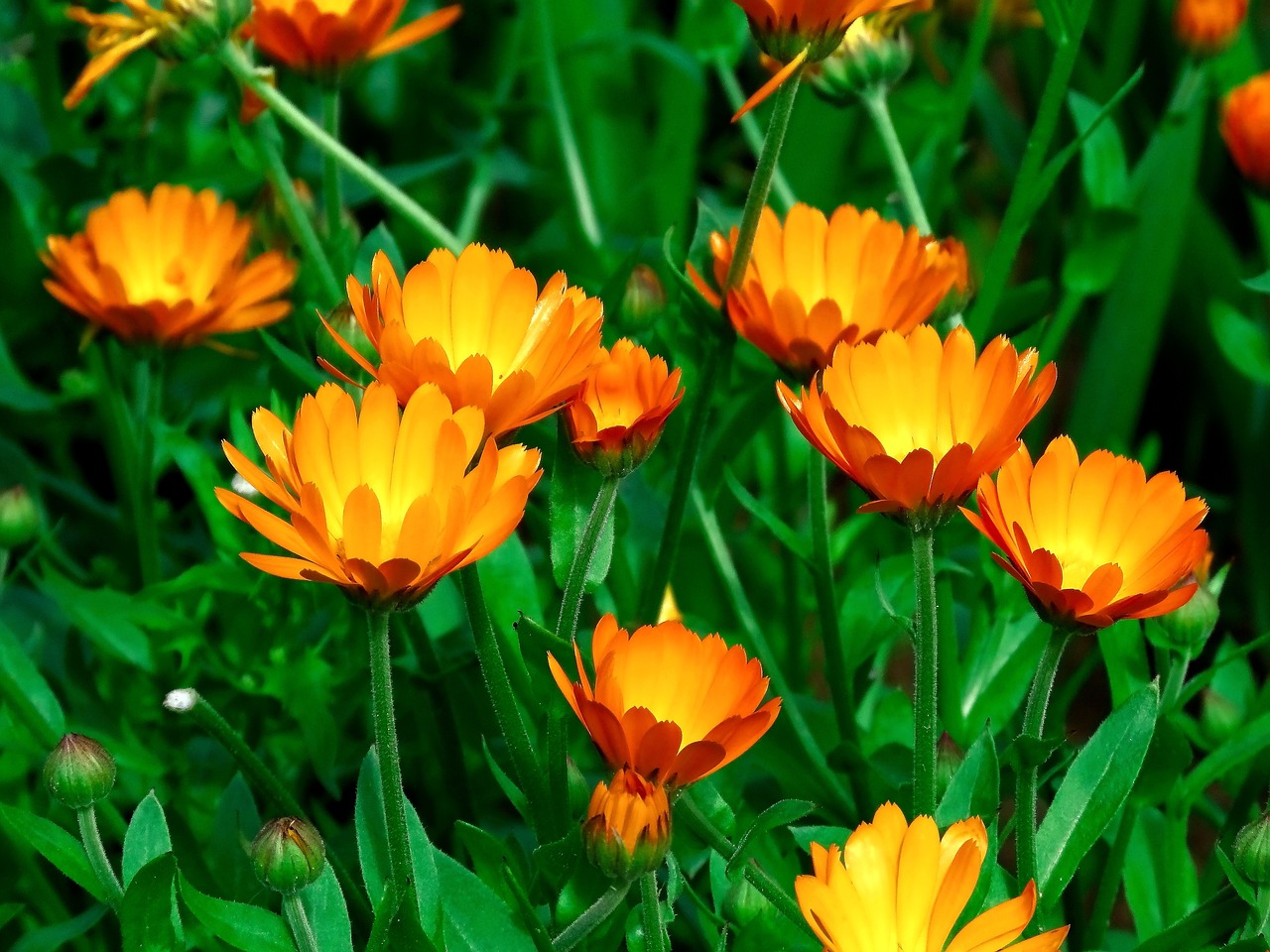
- Overview: Calendula (marigold) has been used for centuries to treat cuts, scrapes, and minor skin irritations.
- Benefits for Red Dots:
- Healing Properties: Known to speed wound healing and reduce inflammation.
- Gentle on Sensitive Skin: Suitable for sensitive or easily inflamed skin types.
- How to Use:
- Look for creams, ointments, or oils containing calendula extracts.
- Apply a thin layer over the affected areas after cleansing your skin.
- You can also brew calendula tea and use it as a rinse or compress.
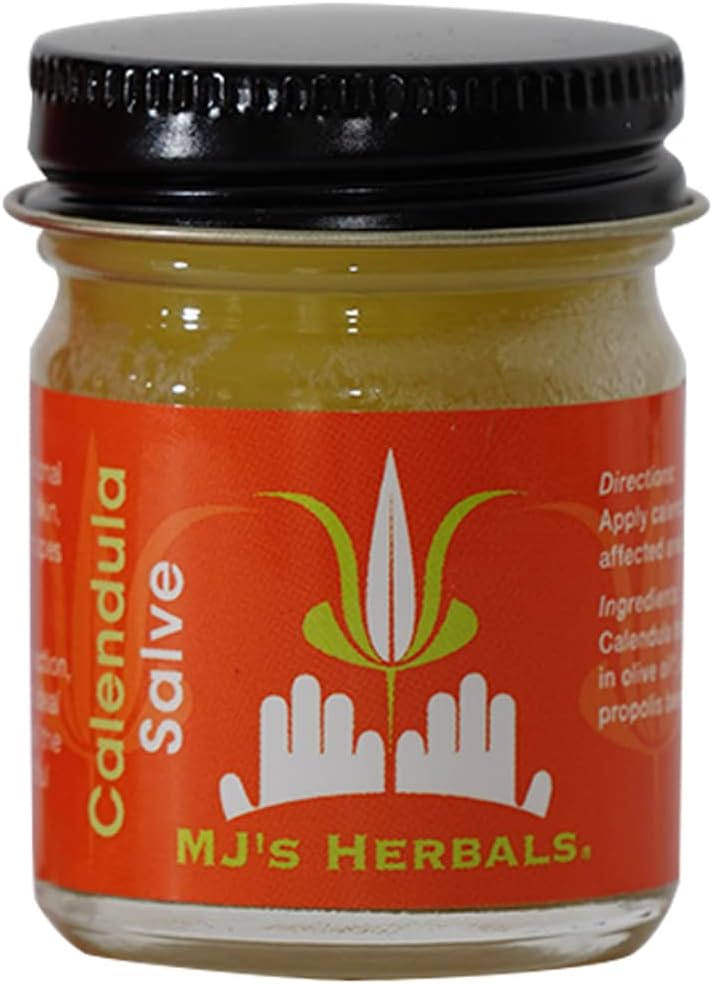
Tea Tree Oil

- Overview: Tea tree oil (Melaleuca alternifolia) hails from Australia and is famous for its potent antimicrobial and anti-inflammatory properties.
- Benefits for Red Dots:
- Antiseptic: Effective against bacteria, making it suitable for acne-like spots or minor infections.
- Anti-inflammatory: Helps reduce swelling and redness.
- How to Use:
- Always dilute tea tree oil with a carrier oil (such as coconut or jojoba) to prevent skin irritation.
- Use a ratio of 1–2 drops of tea tree oil per teaspoon of carrier oil.
- Apply once or twice a day, monitoring for any signs of irritation.
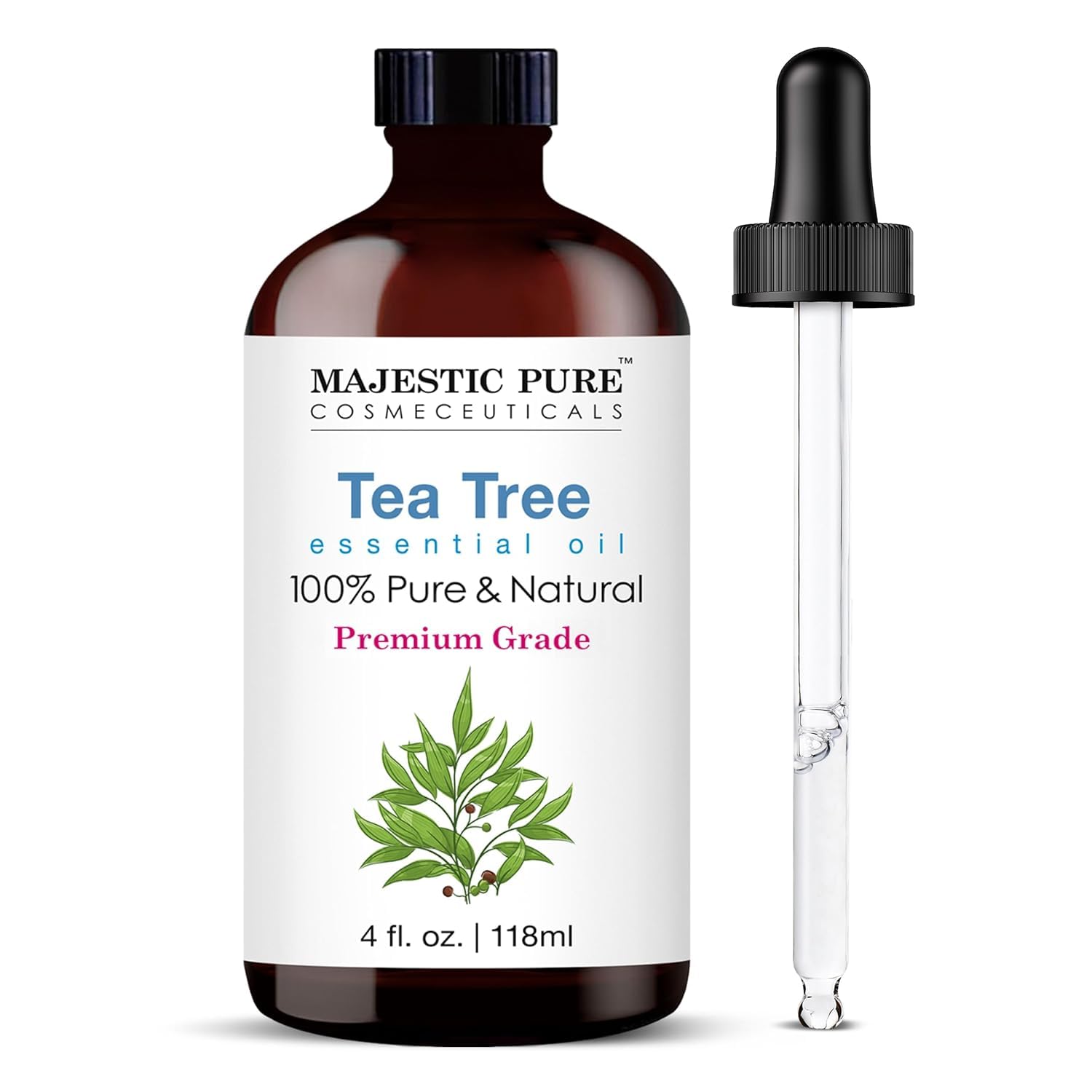
Neem
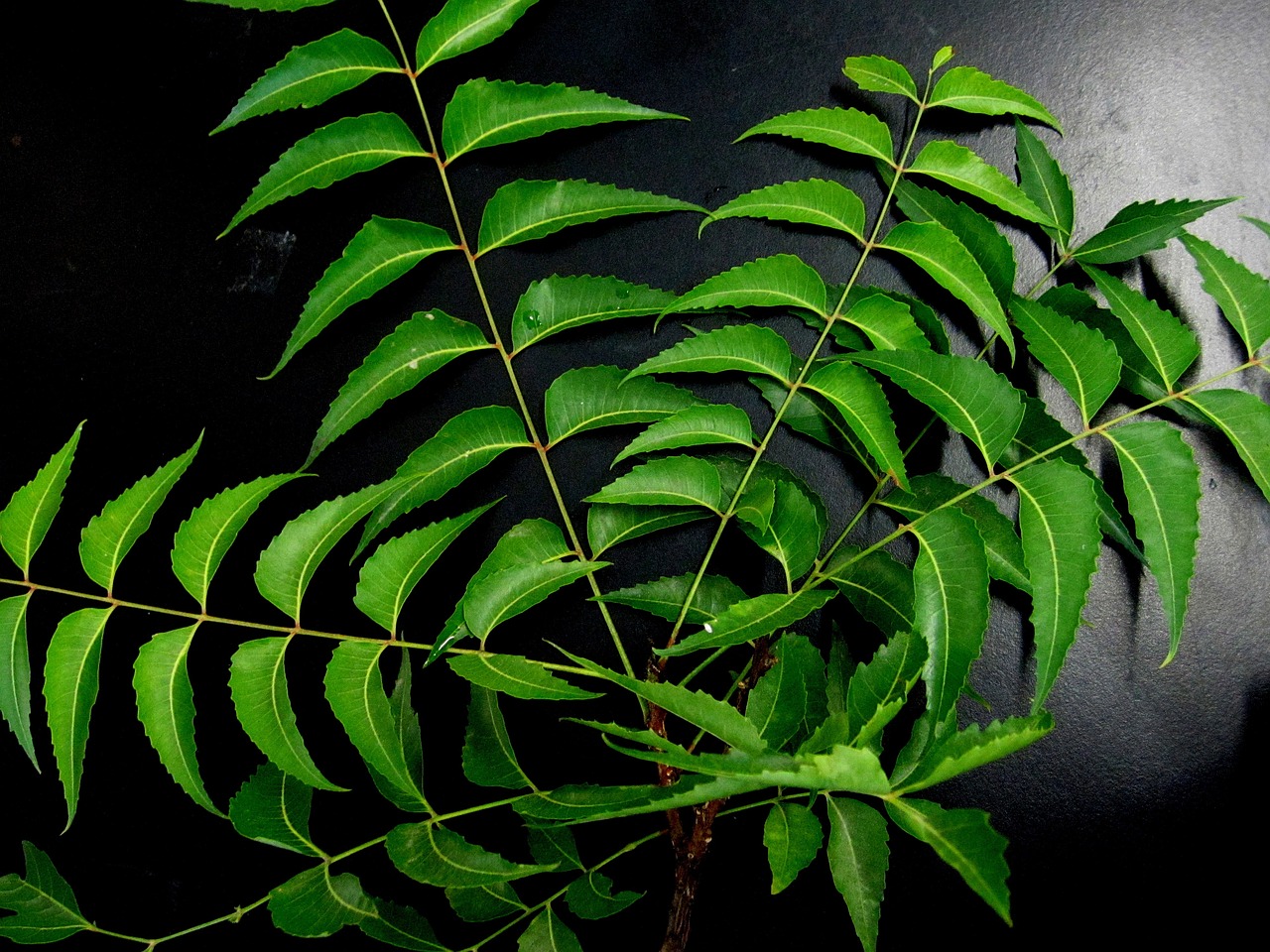
- Overview: Neem (Azadirachta indica) is a traditional Indian herb celebrated for its wide range of medicinal benefits.
- Benefits for Red Dots:
- Antibacterial and Antifungal: Effective against various microbes that can cause rashes or pimples.
- Rich in Antioxidants: Protects skin from environmental damage.
- How to Use:
- Boil neem leaves in water to make a strong decoction, then let it cool.
- Use the cooled neem water to wash the affected areas or as a compress.
- Alternatively, apply neem oil (diluted with a carrier oil) or look for neem-based creams and soaps.
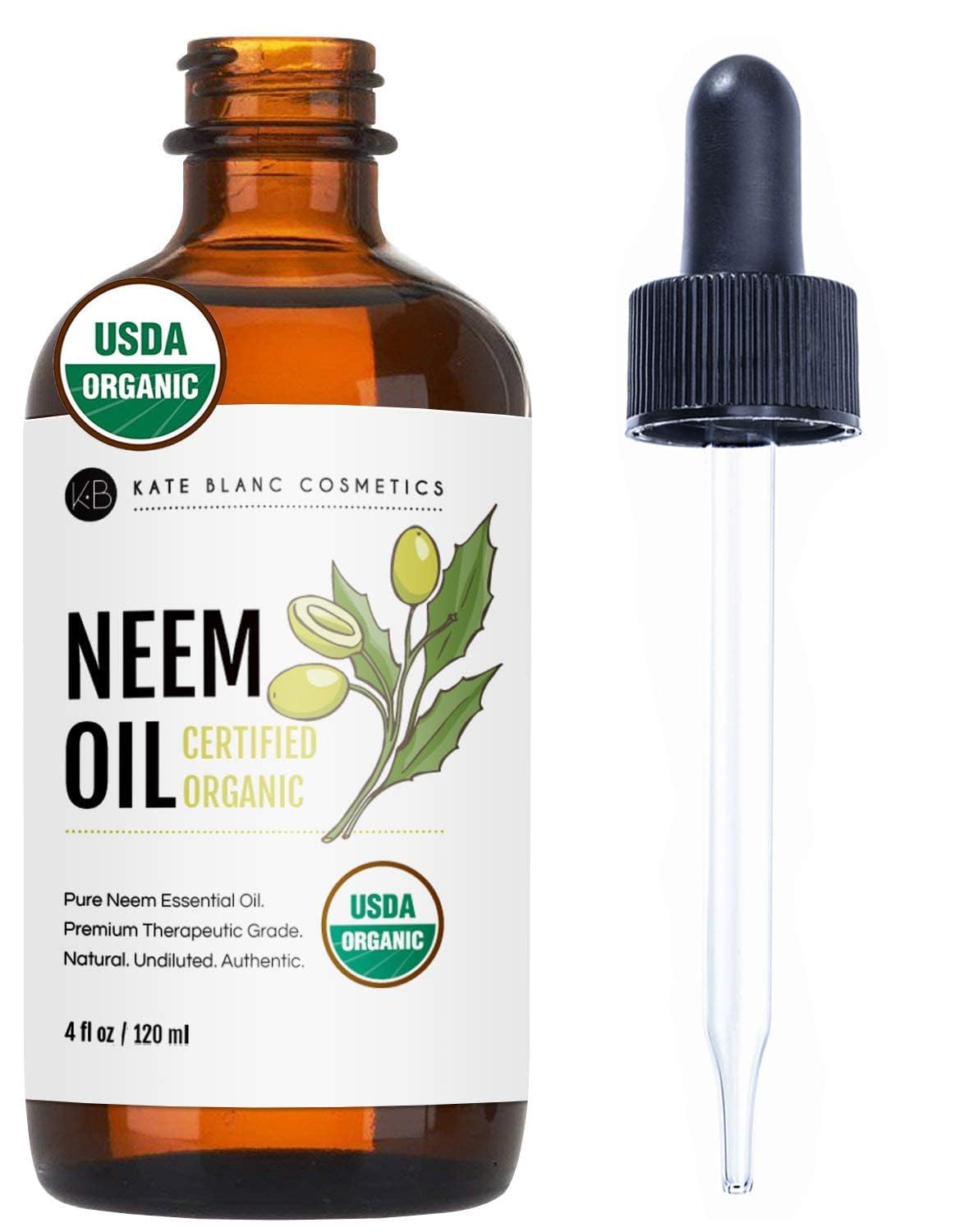
Witch Hazel

- Overview: Witch hazel is derived from the bark and leaves of the Hamamelis virginiana plant and is well-known as a natural astringent.
- Benefits for Red Dots:
- Tightens Skin: Helps shrink pores and reduce excess oil.
- Anti-inflammatory: Can soothe irritated or inflamed skin, minimizing redness.
- How to Use:
- Use a cotton pad soaked in witch hazel extract or toner.
- Gently dab onto the affected areas once or twice daily.
- Opt for alcohol-free witch hazel to prevent drying out the skin too much.
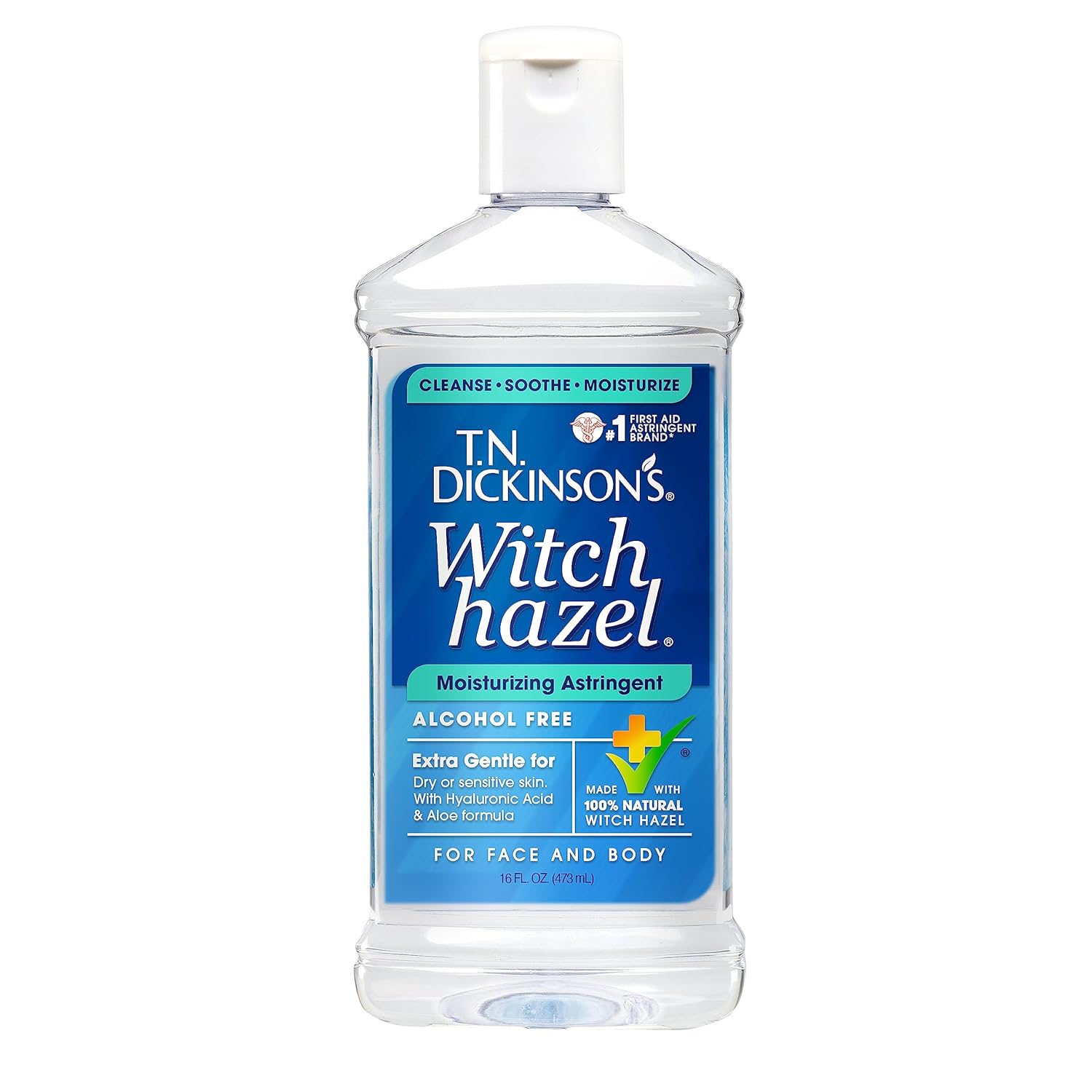
Turmeric
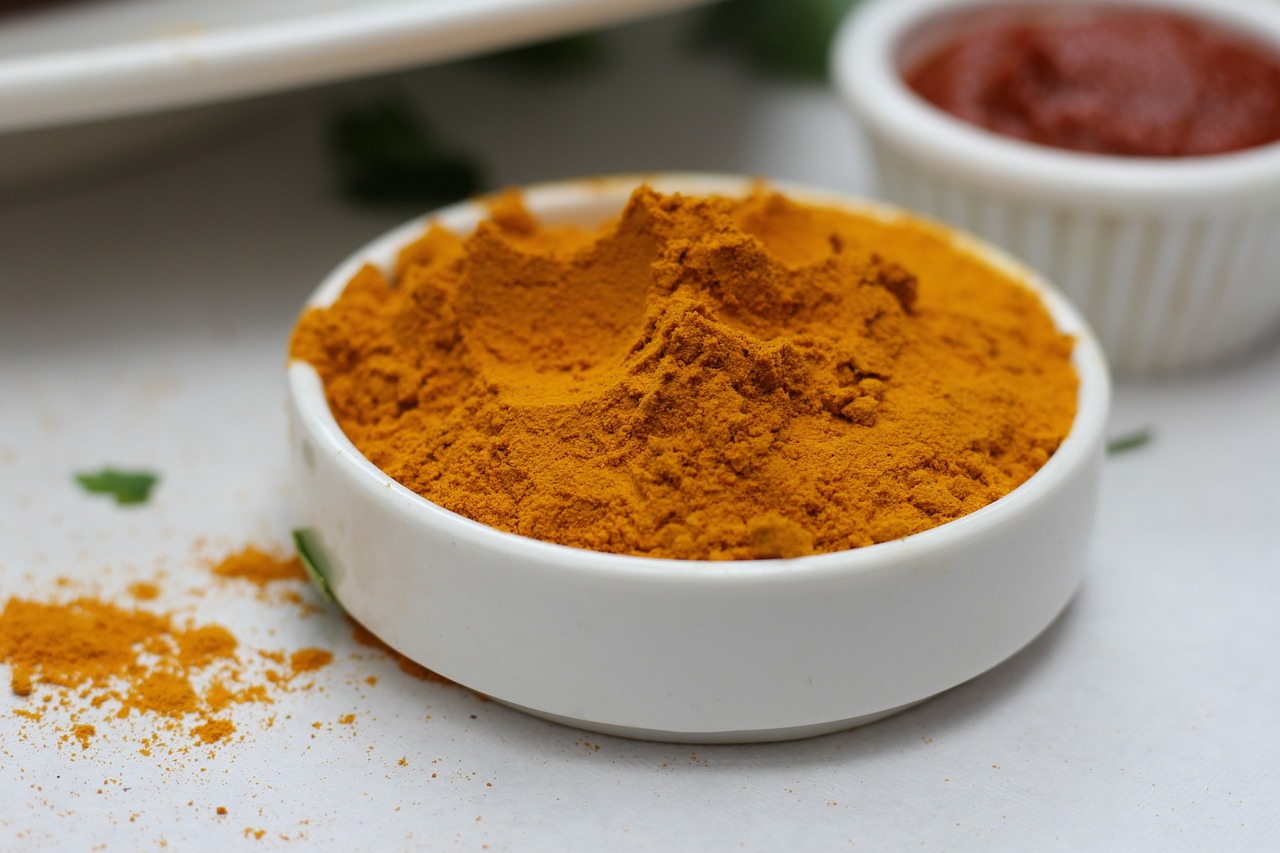
- Overview: A staple in Ayurvedic medicine, turmeric is rich in curcumin, a compound with powerful anti-inflammatory and antioxidant effects.
- Benefits for Red Dots:
- Reduces Inflammation: Helps calm inflammatory reactions that cause redness.
- Brightens Skin Tone: Can help improve overall complexion.
- How to Use:
- Mix 1 teaspoon of turmeric powder with 2 tablespoons of yogurt or honey to form a paste.
- Apply the paste to the affected area and leave it on for 10–15 minutes.
- Rinse off gently with lukewarm water. Use 2–3 times a week for best results.
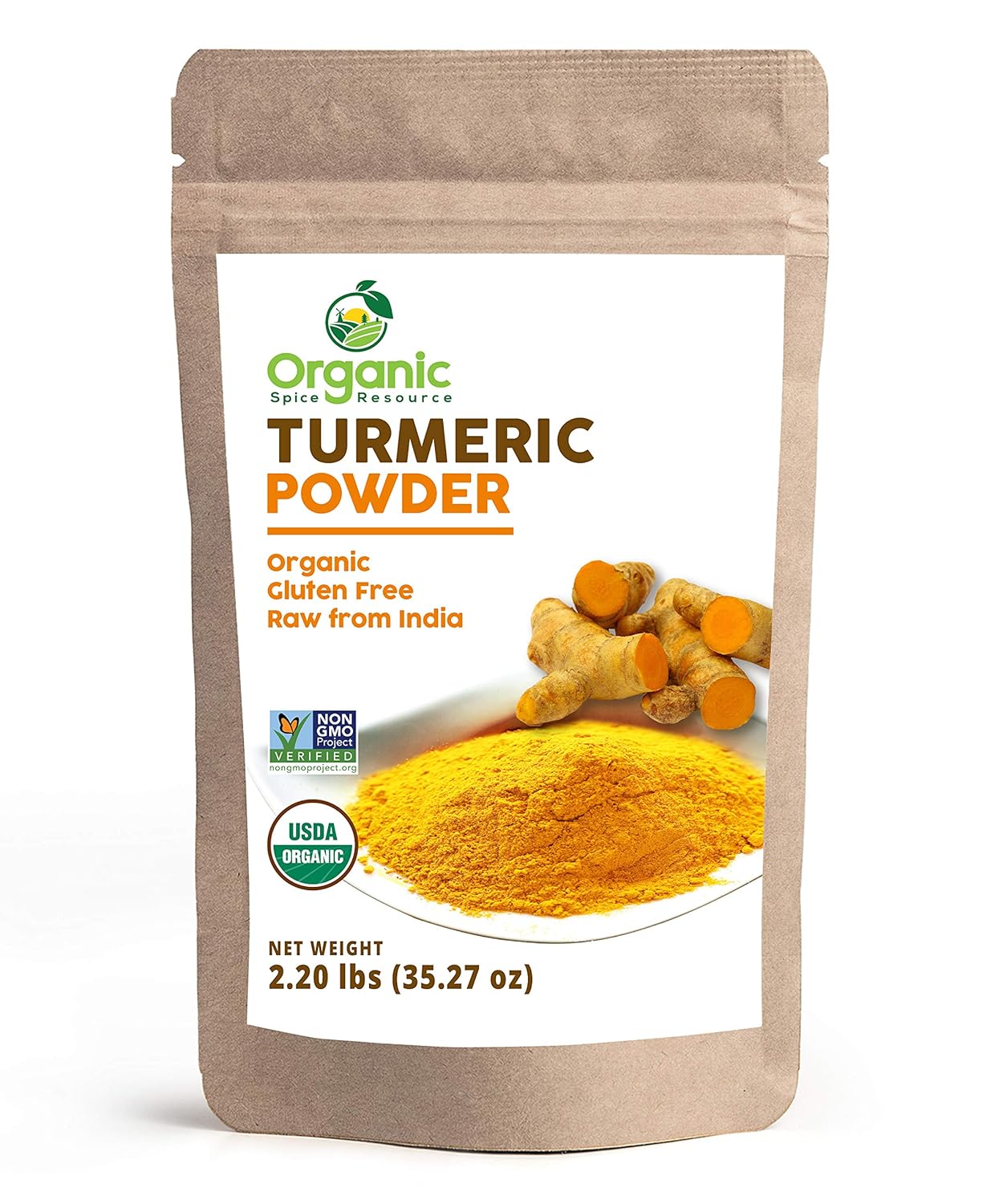
Licorice Root

- Overview: Licorice root has been used in traditional Chinese and Ayurvedic medicine for its anti-inflammatory and soothing properties.
- Benefits for Red Dots:
- Skin Lightening: Helps even out skin tone and reduce the appearance of dark spots or hyperpigmentation.
- Anti-Inflammatory: Calms irritated, red, or inflamed skin.
- How to Use:
- Look for topical lotions or serums containing licorice root extract.
- If you have licorice root powder, you can create a paste by mixing it with rose water or aloe vera gel.
- Apply gently to red, inflamed areas, and wash off after 10–15 minutes.
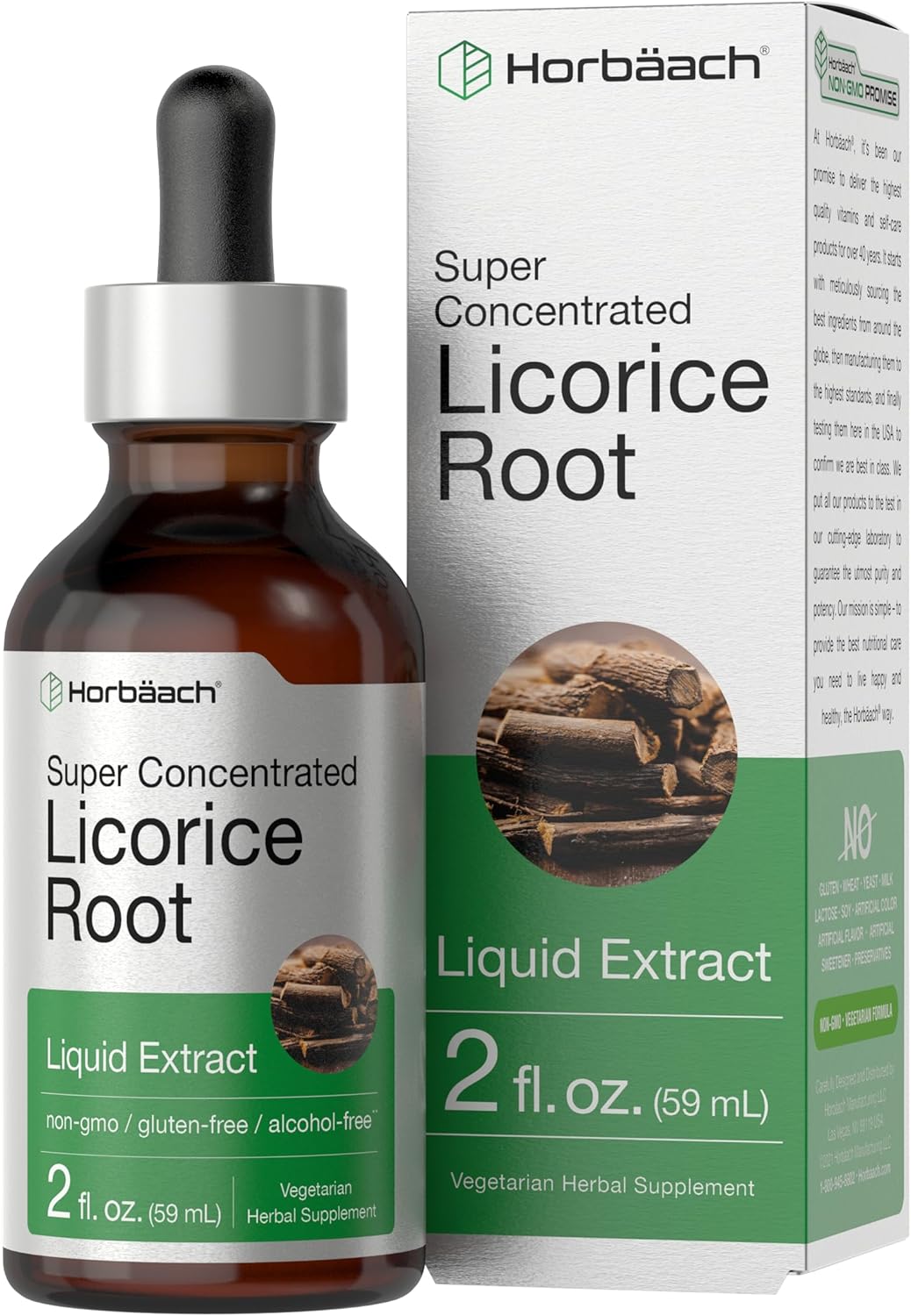
Other Beneficial Herbs & Botanicals

Lavender: Known for its calming scent and ability to reduce stress-related skin flare-ups.
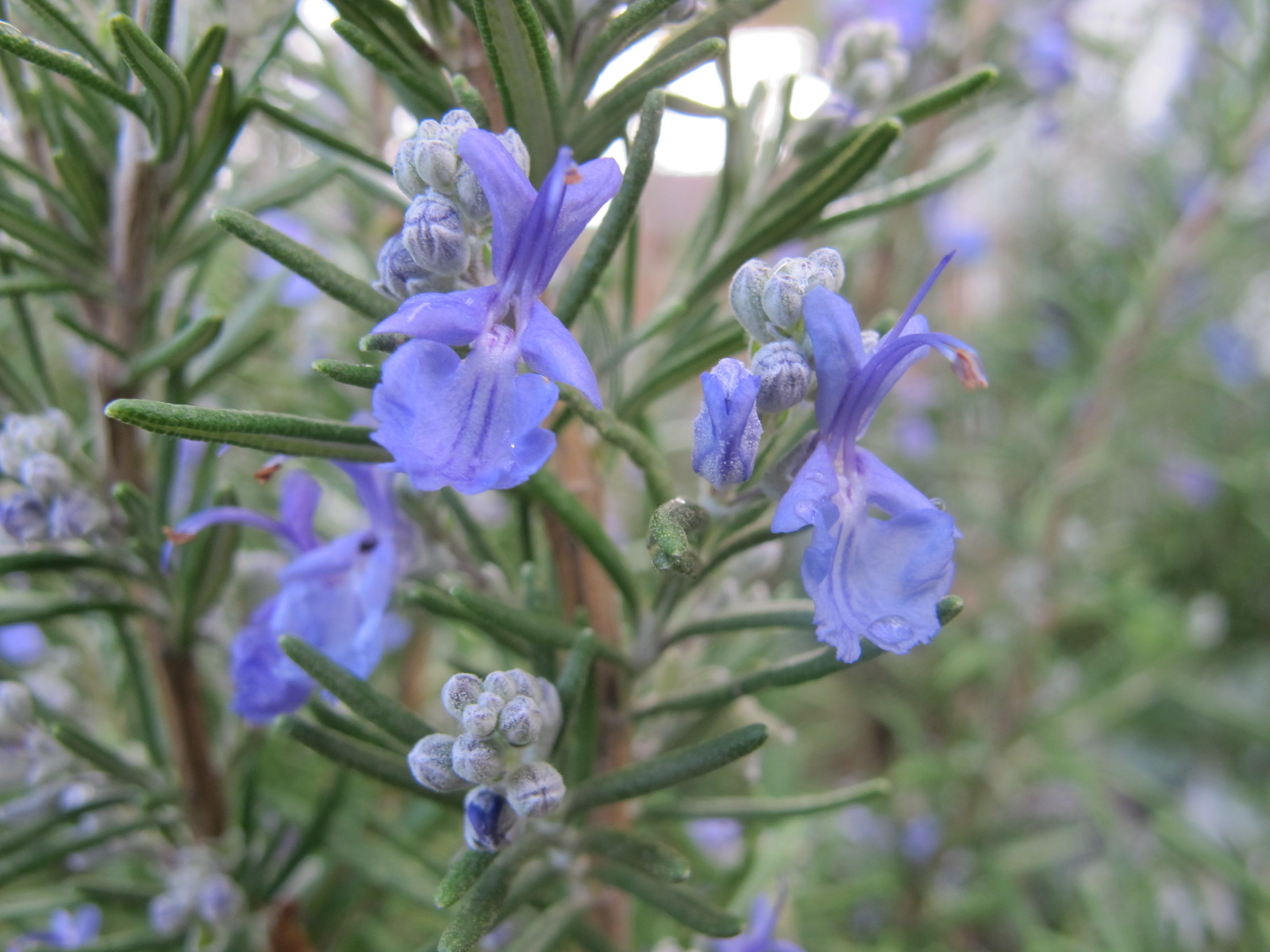
Rosemary: Has antimicrobial properties; can be used in small amounts as a facial steam or diluted oil.
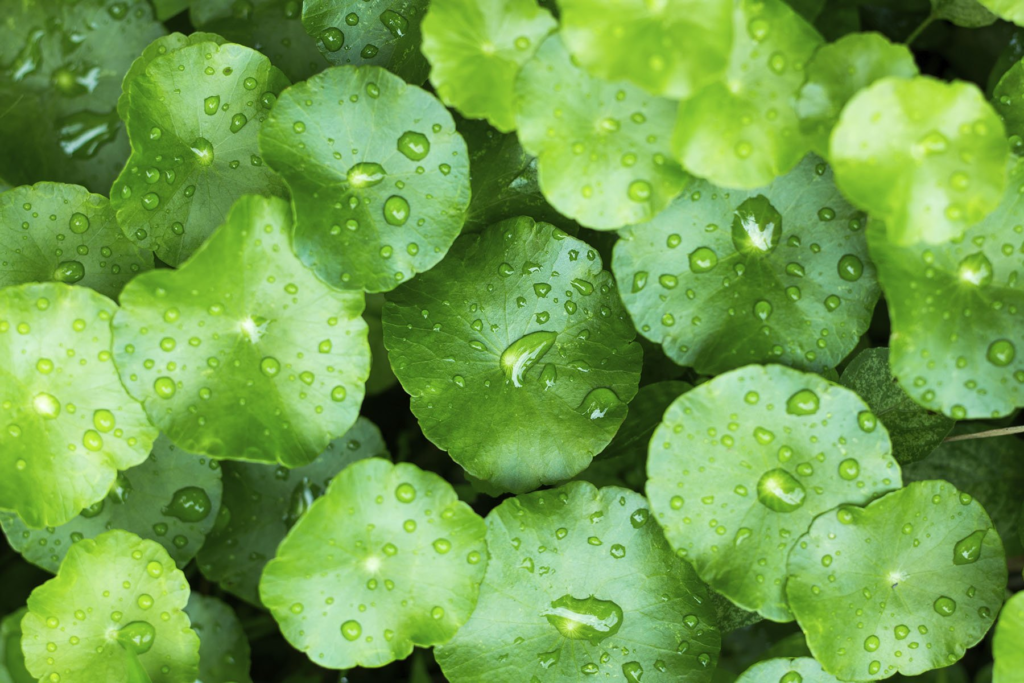
Gotu Kola (Centella asiatica): Helps in collagen production and wound healing.

Green Tea Extract: High in antioxidants that help protect the skin and reduce inflammation.

Oatmeal: A gentle, soothing ingredient often used in baths or masks to calm irritated skin.
Lifestyle & Preventive Measures
While topical remedies whether herbal or conventional can alleviate many skin concerns, establishing a healthy lifestyle remains the cornerstone of preventing and managing skin problems. Here are some key areas to focus on:
Diet and Nutrition
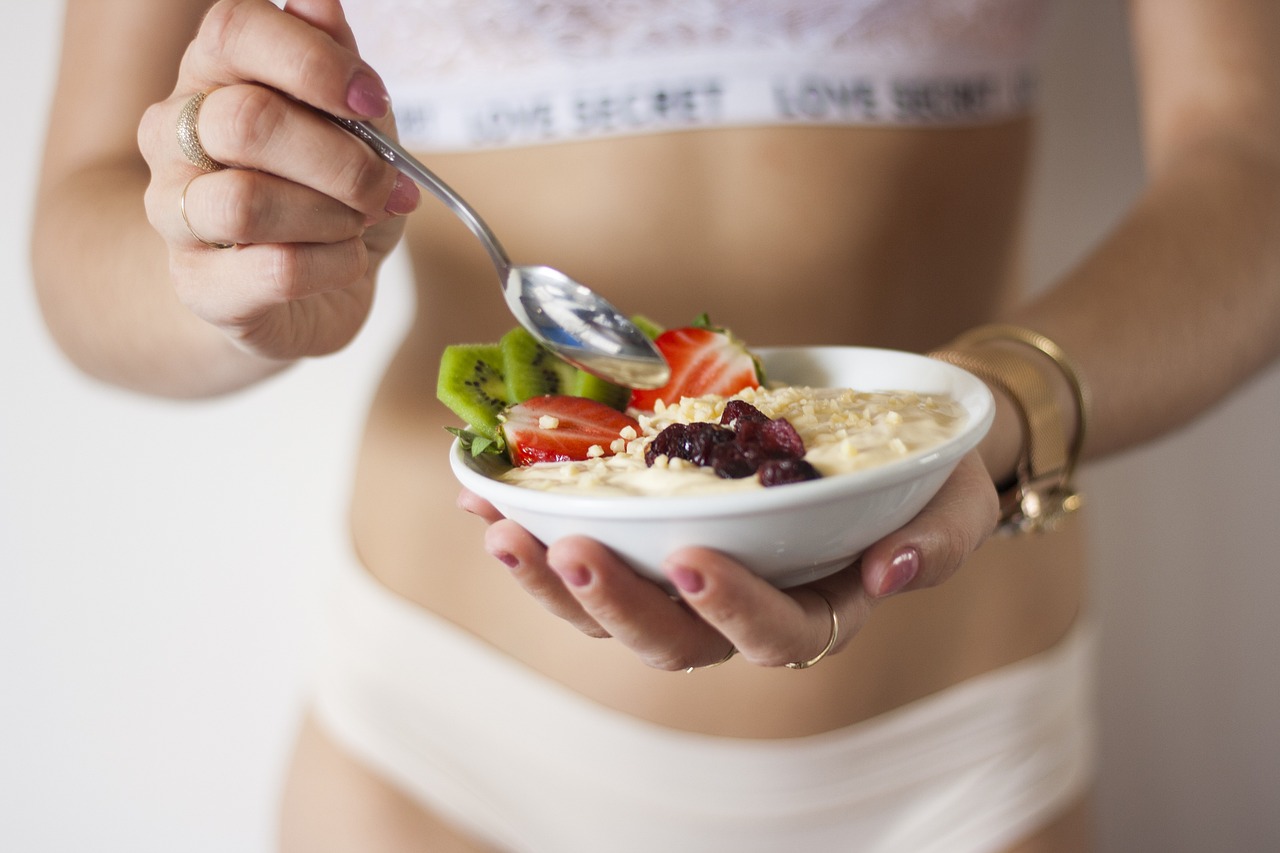
- Balanced Diet: Incorporate fruits, vegetables, whole grains, lean proteins, and healthy fats. These provide essential vitamins (A, C, E) and minerals for skin health.
- Antioxidant-Rich Foods: Berries, leafy greens, and nuts are loaded with antioxidants that fight free radicals, helping maintain healthy skin.
- Omega-3 Fatty Acids: Salmon, flaxseeds, and walnuts contain omega-3s, which support skin elasticity and can reduce inflammation.
Stress Management

- Mind-Body Practices: Activities like yoga, meditation, and deep breathing can reduce cortisol levels, preventing stress-induced skin flare-ups.
- Adequate Sleep: Aim for 7–9 hours of quality sleep each night. Poor sleep can trigger hormonal imbalances and exacerbate skin issues.
- Time Management: Overcommitment can lead to chronic stress, so using calendars or apps can help balance obligations.
Proper Skin Care Routine
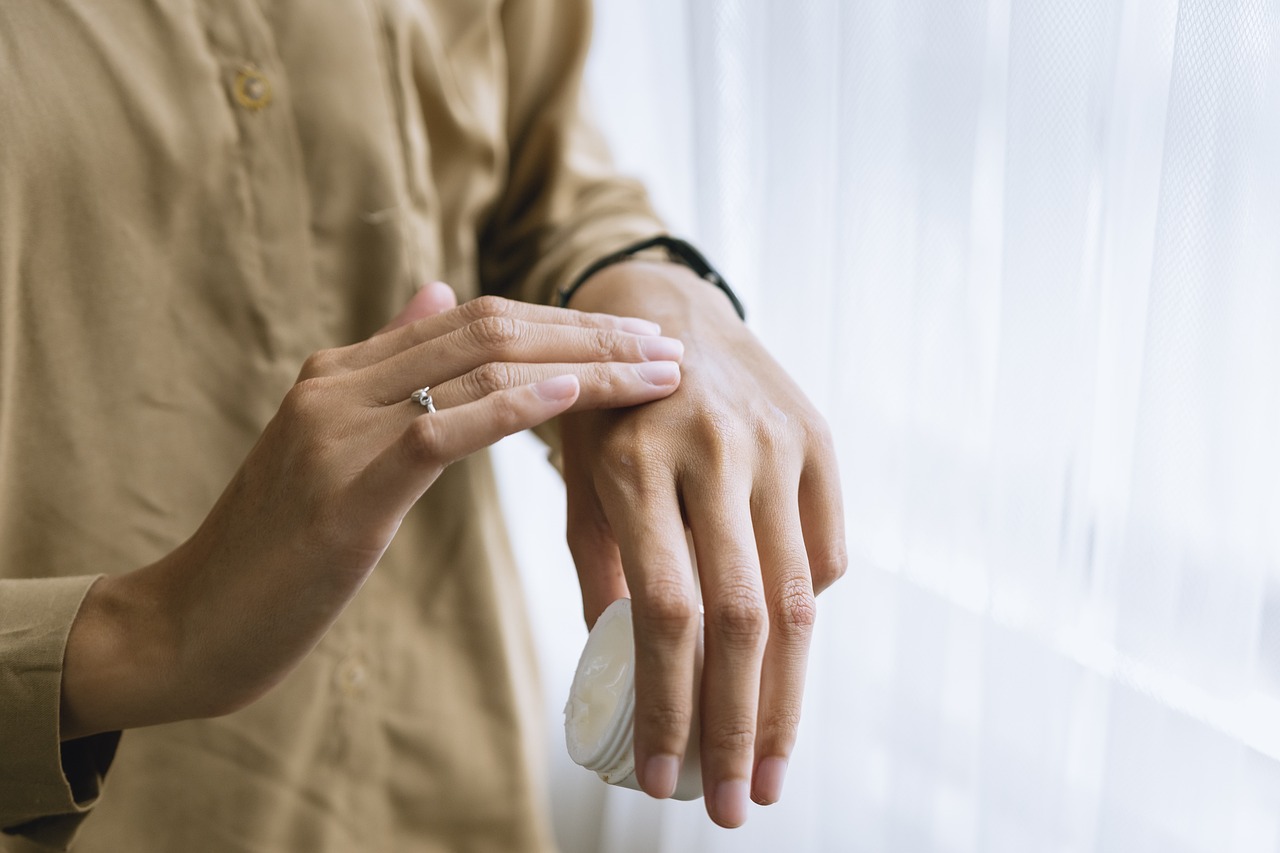
- Gentle Cleansing: Use mild, pH-balanced cleansers to avoid stripping the skin of its natural oils.
- Exfoliation: Regular exfoliation helps remove dead skin cells but should be done gently—excessive scrubbing can irritate and worsen red spots.
- Moisturizing: Hydration is key. Apply a suitable moisturizer after cleansing to lock in moisture and maintain the skin barrier.
Hydration and Sun Protection
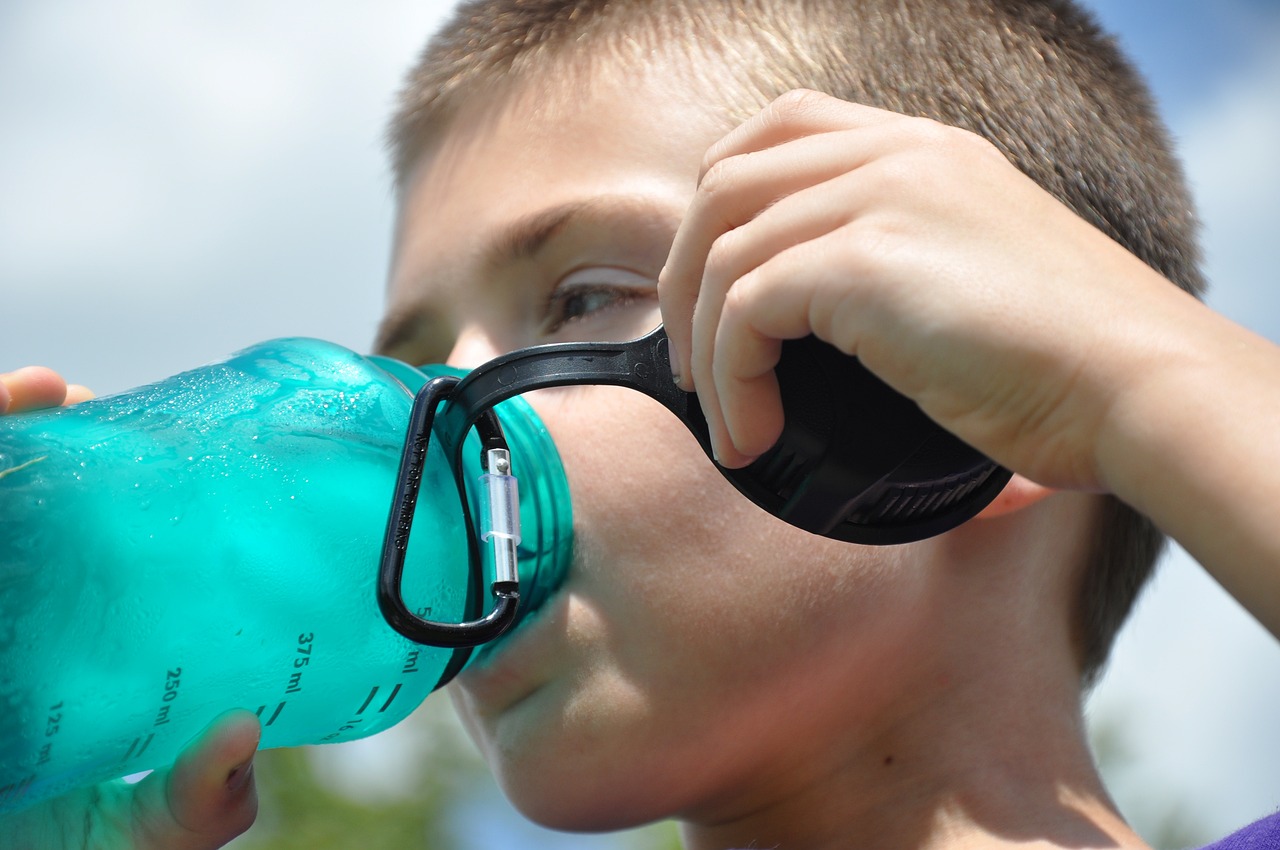
- Hydrate From Within: Drink at least 8 glasses of water daily to keep the skin hydrated and flush out toxins.
- Use Sunscreen: UV damage can worsen red spots and lead to additional skin issues like hyperpigmentation. An SPF of at least 30 is recommended for everyday use.
- Protective Clothing: Wearing wide-brimmed hats, sunglasses, and long-sleeved clothing can provide additional shields against harmful UV rays.
By combining a nutritious diet, effective stress management techniques, and a consistent skin care routine, you create an environment that supports skin health from the inside out. Coupled with the topical herbal remedies discussed, these measures can significantly reduce the occurrence of red dots and prevent potential complications.
When to Seek Medical Attention

While many red dots are benign and can be managed at home with herbal treatments and lifestyle adjustments, certain situations warrant professional evaluation. You should consider consulting a healthcare provider or dermatologist if:
- Rapid Increase in Number or Size: If you notice an abrupt increase in red dots, or if they become noticeably larger in a short period, it might indicate an underlying condition requiring medical attention.
- Unusual Symptoms: Accompanying symptoms like fever, fatigue, joint pain, or significant swelling around the red dots could signal an infection or a systemic disease.
- Bleeding or Oozing: Any red spots that bleed spontaneously or ooze fluid, especially without an evident cause, need professional assessment.
- Persistent Itching or Pain: If the red dots are extremely itchy, painful, or make daily activities uncomfortable, a doctor’s evaluation can help identify the root cause and proper treatment.
- Changes in Color or Texture: Skin cancer can sometimes present as changing spots on the skin. If a red spot starts to darken, develop irregular borders, or significantly change in texture, consult a dermatologist promptly.
Remember, catching potential issues early often results in better treatment outcomes. Dermatologists can run tests, use diagnostic tools like dermoscopy, or suggest further evaluations to determine whether a spot is benign or requires medical intervention.
Conclusion
Red dots on the skin encompass a wide spectrum of possibilities—from common, harmless conditions like cherry angiomas to more concerning signs of nutritional deficiencies, infections, or vascular problems. Approaching these spots holistically helps ensure you’re not just treating the surface symptom but also addressing underlying causes.
In this detailed guide, we’ve walked through:
- The different types of red dots, such as cherry angiomas, petechiae, and heat rashes.
- Possible root causes, including hormonal fluctuations, nutritional deficiencies, and infections.
- Conventional treatments that employ topical or oral medications, laser therapy, and minor surgical options.
- A wealth of herbal remedies—like aloe vera, chamomile, calendula, and tea tree oil—and how each can soothe, heal, or prevent red spots.
- Key lifestyle elements—proper diet, stress management, adequate hydration, and sun protection—that form the backbone of healthy, resilient skin.
Combining herbal treatments and botanicals with thoughtful lifestyle adjustments can often yield significant improvements. Moreover, it can provide a gentler, more holistic path to skincare and overall wellness. However, while natural remedies can offer soothing relief, it’s crucial to monitor your condition and seek professional advice if red dots persist, change drastically, or present additional symptoms.
By understanding the wide range of causes, learning about nature’s toolkit for skin health, and staying informed on when to consult a medical expert, you’ll be well-prepared to manage or prevent red dots on your skin. With the right combination of knowledge, self-care, and professional guidance, you can maintain a vibrant, healthy complexion for years to come.
Final Words
Your skin is a dynamic, ever-changing organ that reflects both external factors and internal health. Listening to your body, staying observant of new skin changes, and treating yourself holistically are the best ways to keep your skin in optimal condition. Whether you opt for herbal remedies, conventional treatments, or a fusion of both, remain patient and consistent. Skin health is a journey that benefits from informed choices, mindful daily habits, and proactive measures.
Remember: The information provided here is for educational purposes and should not replace professional medical diagnosis or treatment. Always consult with a qualified healthcare provider for personalized advice, especially for persistent or severe skin conditions.
